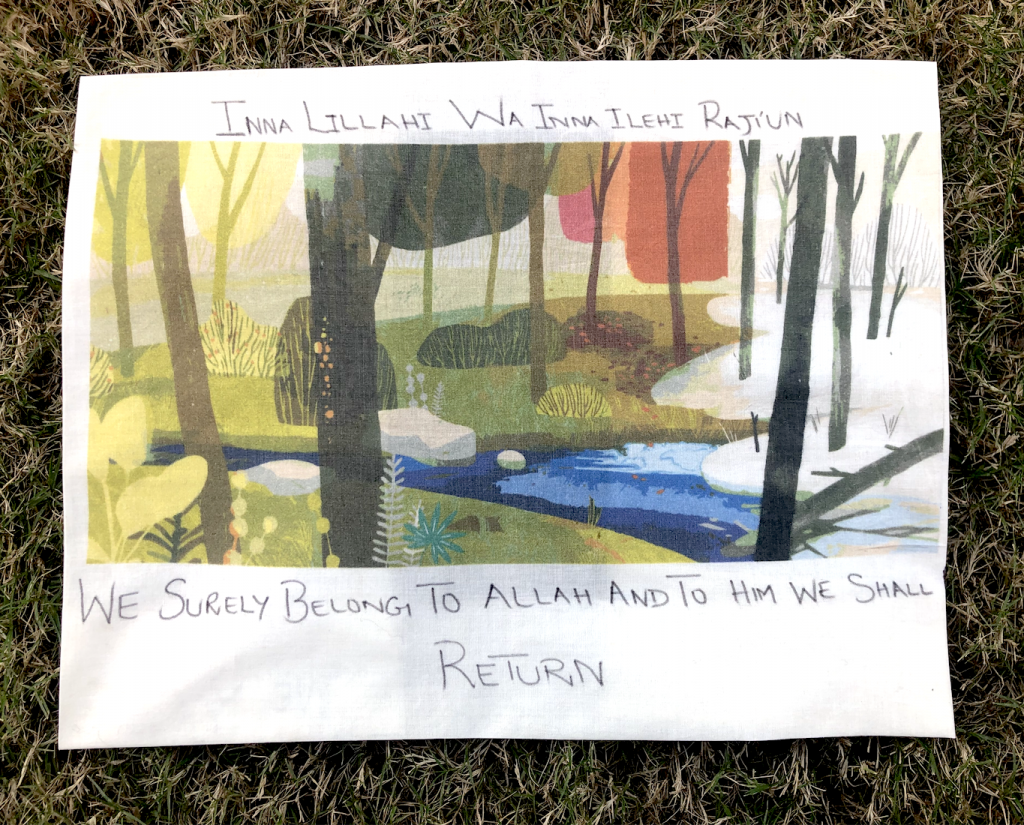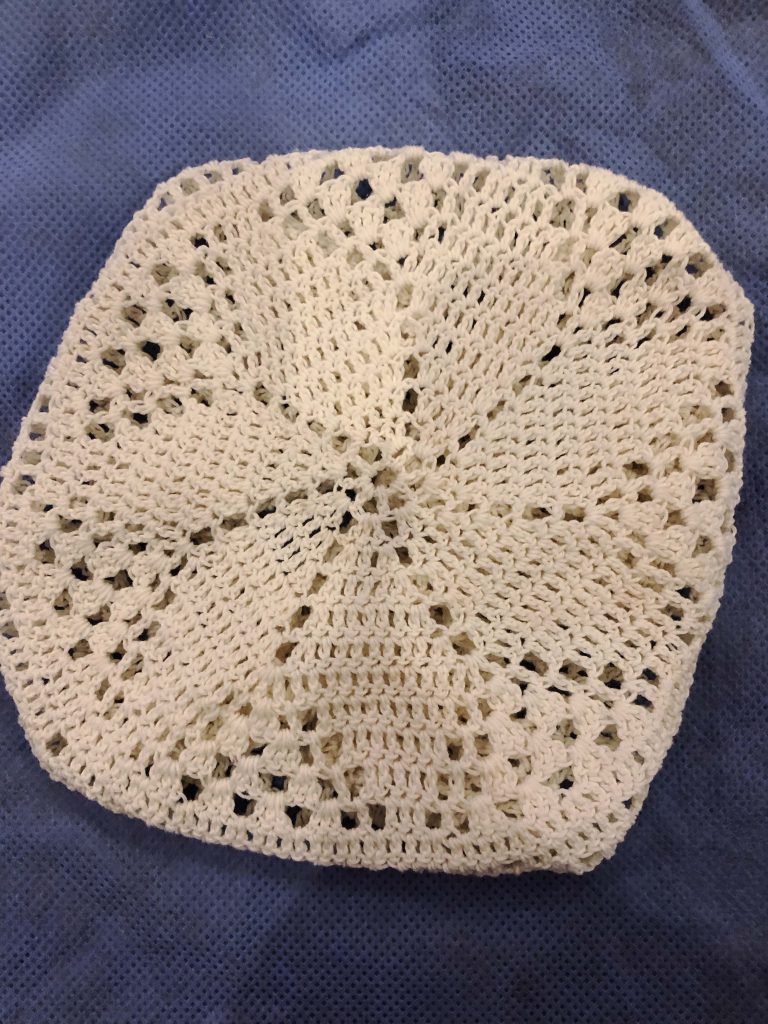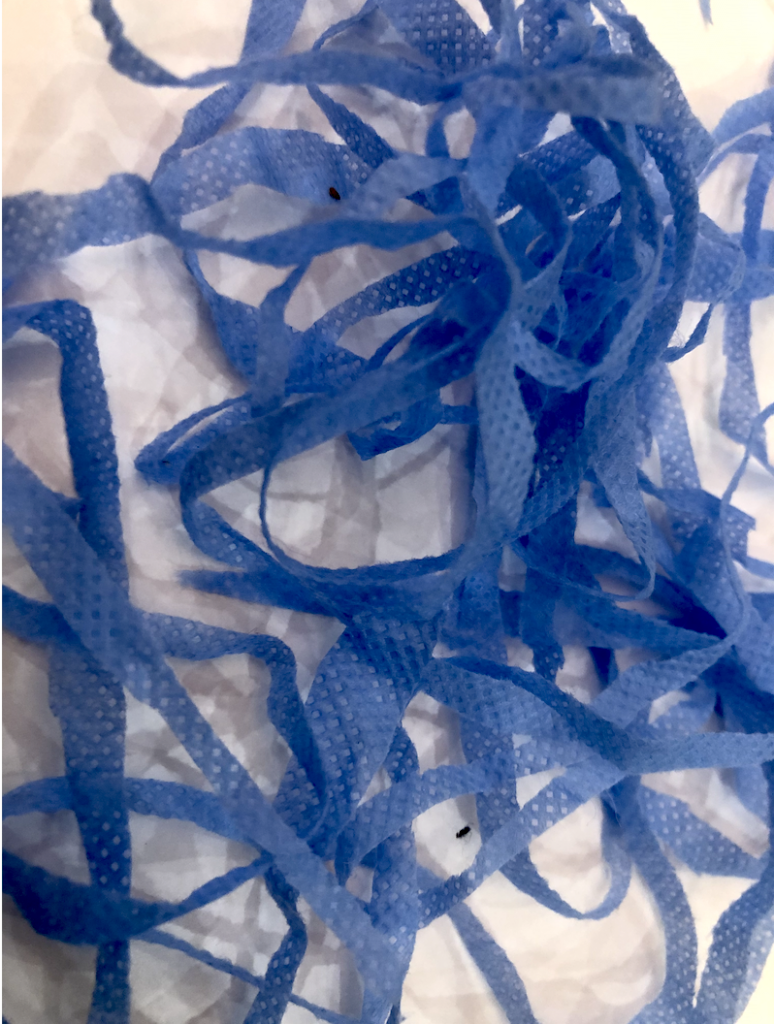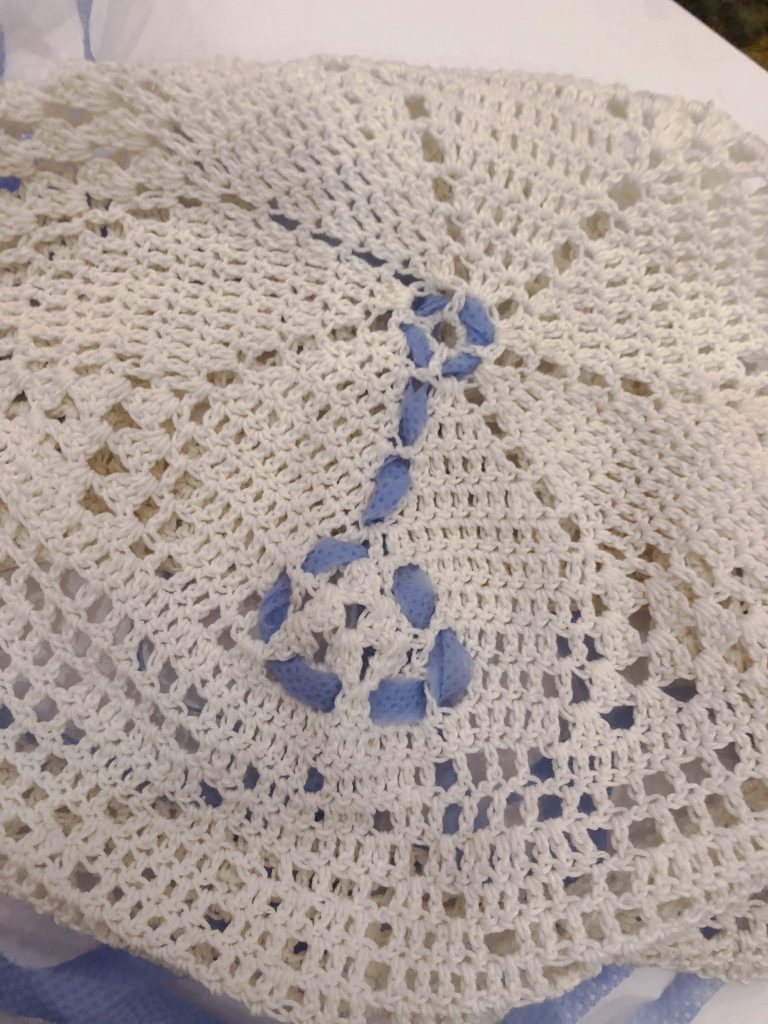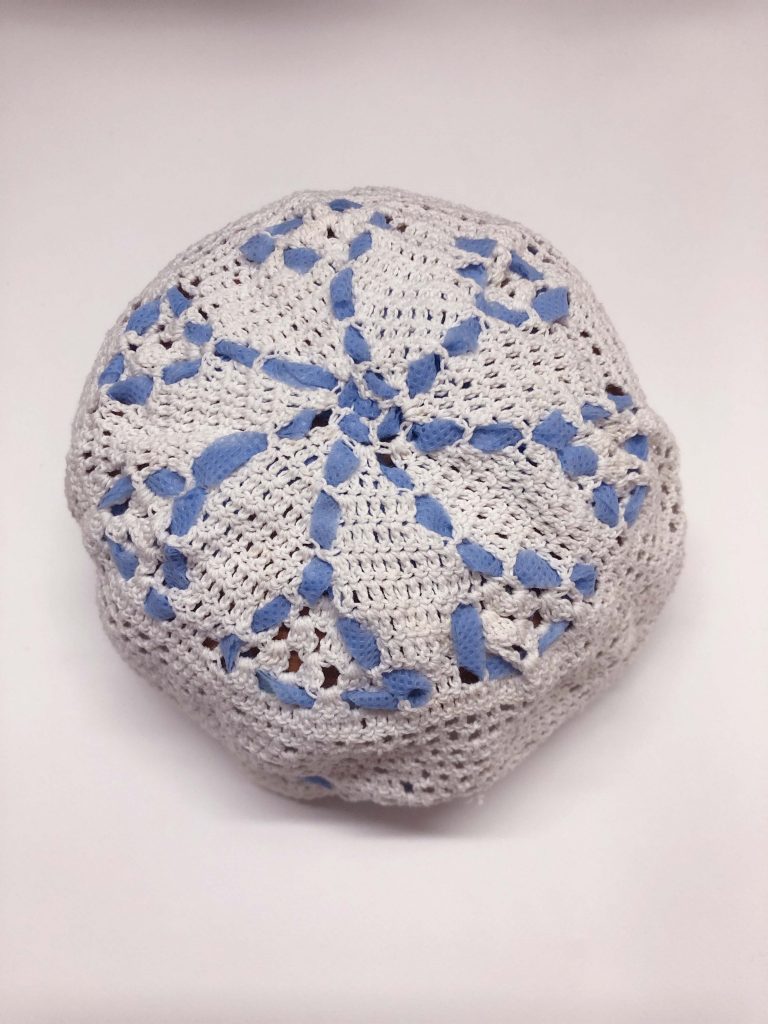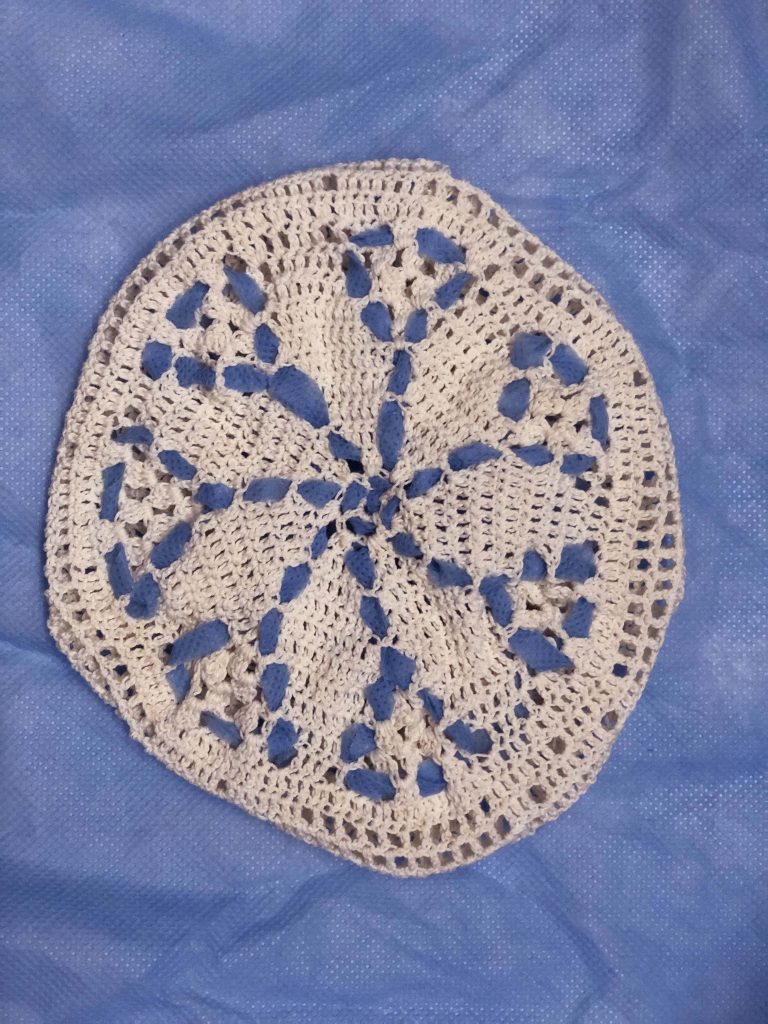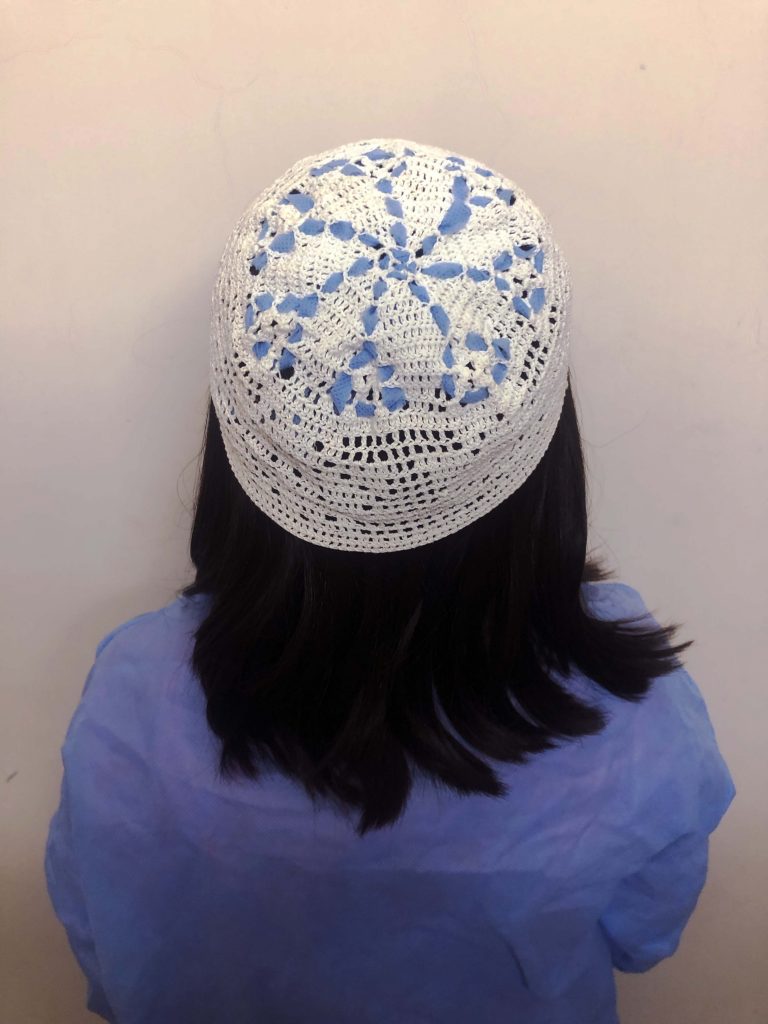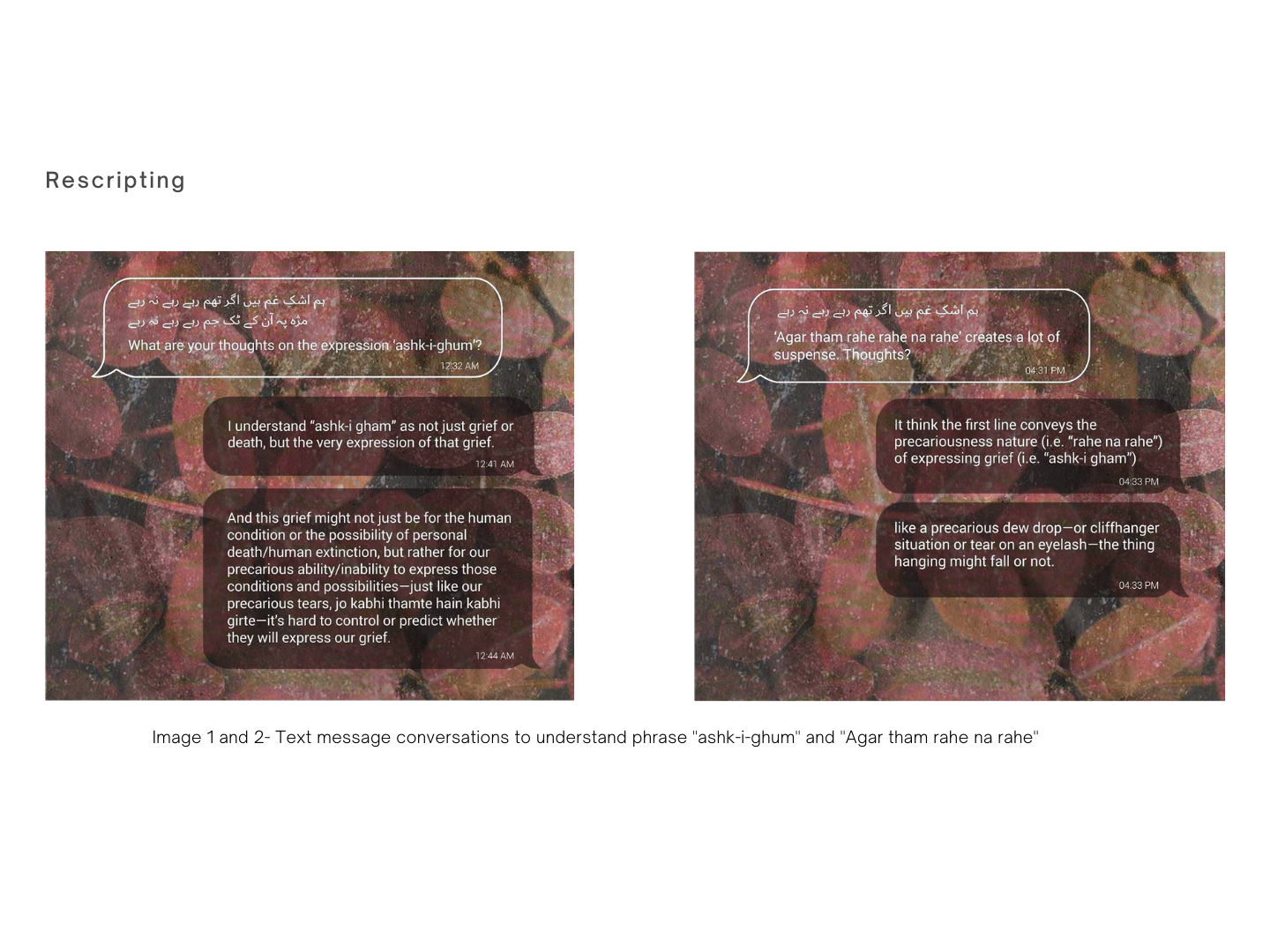


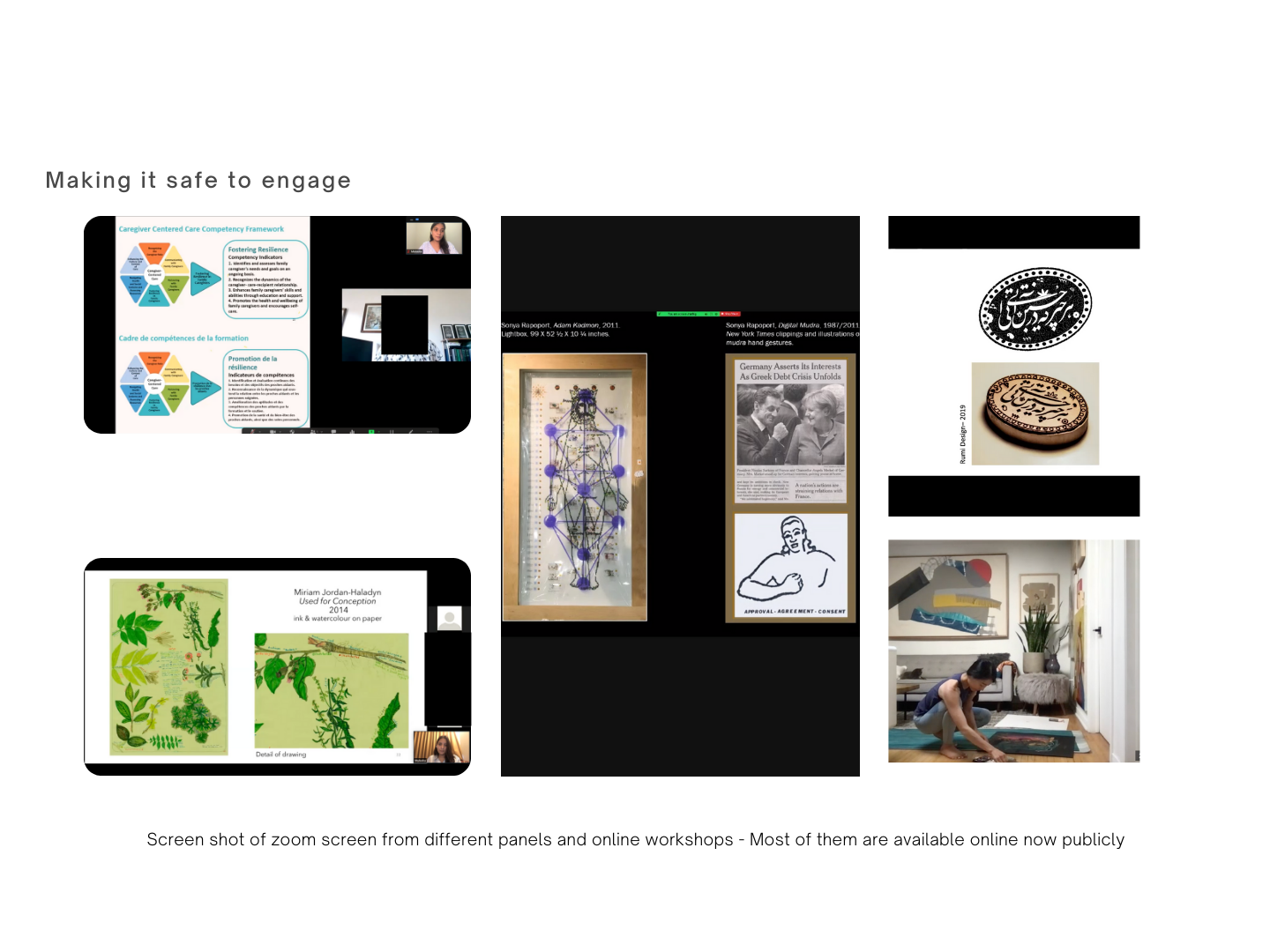
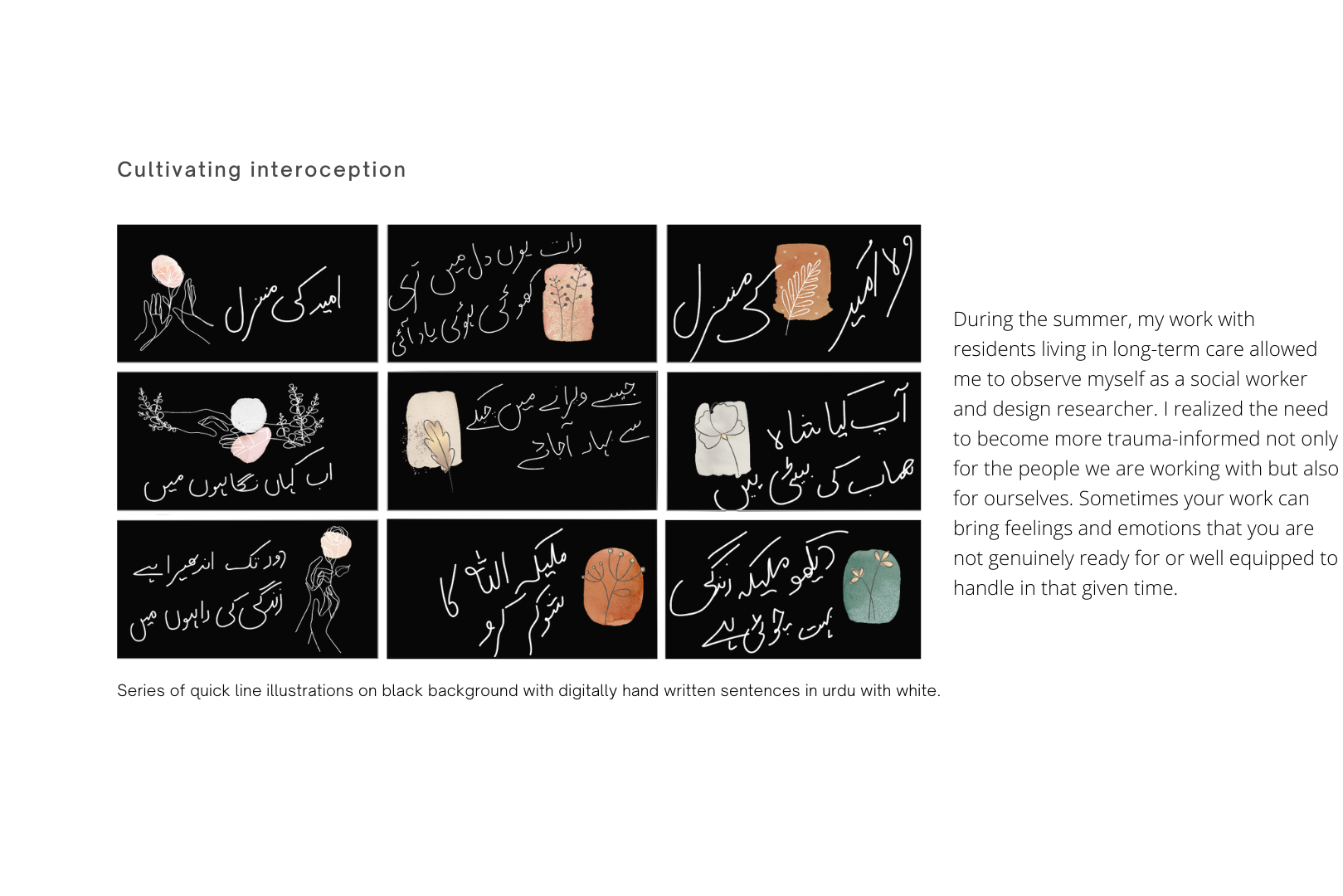
Research
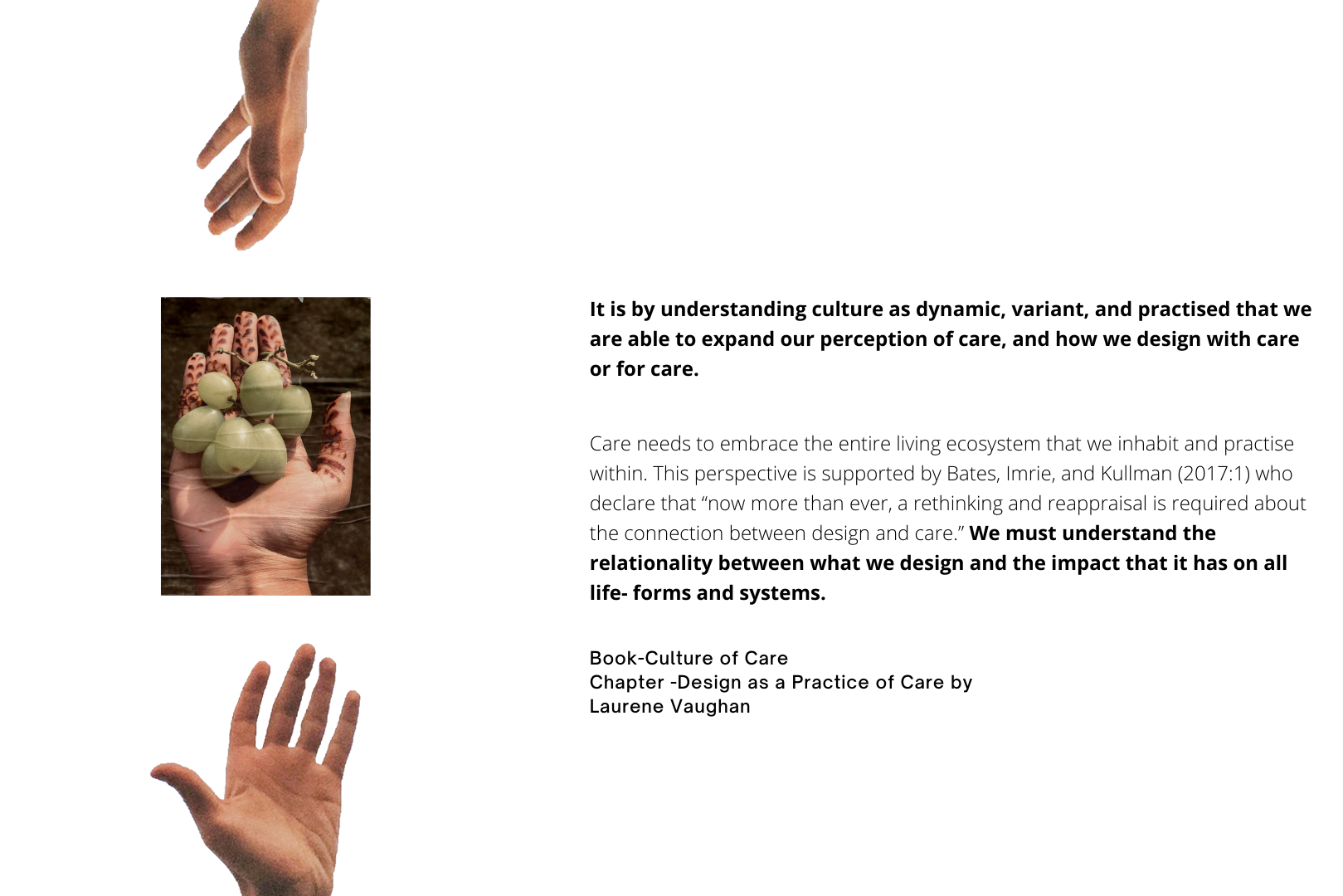
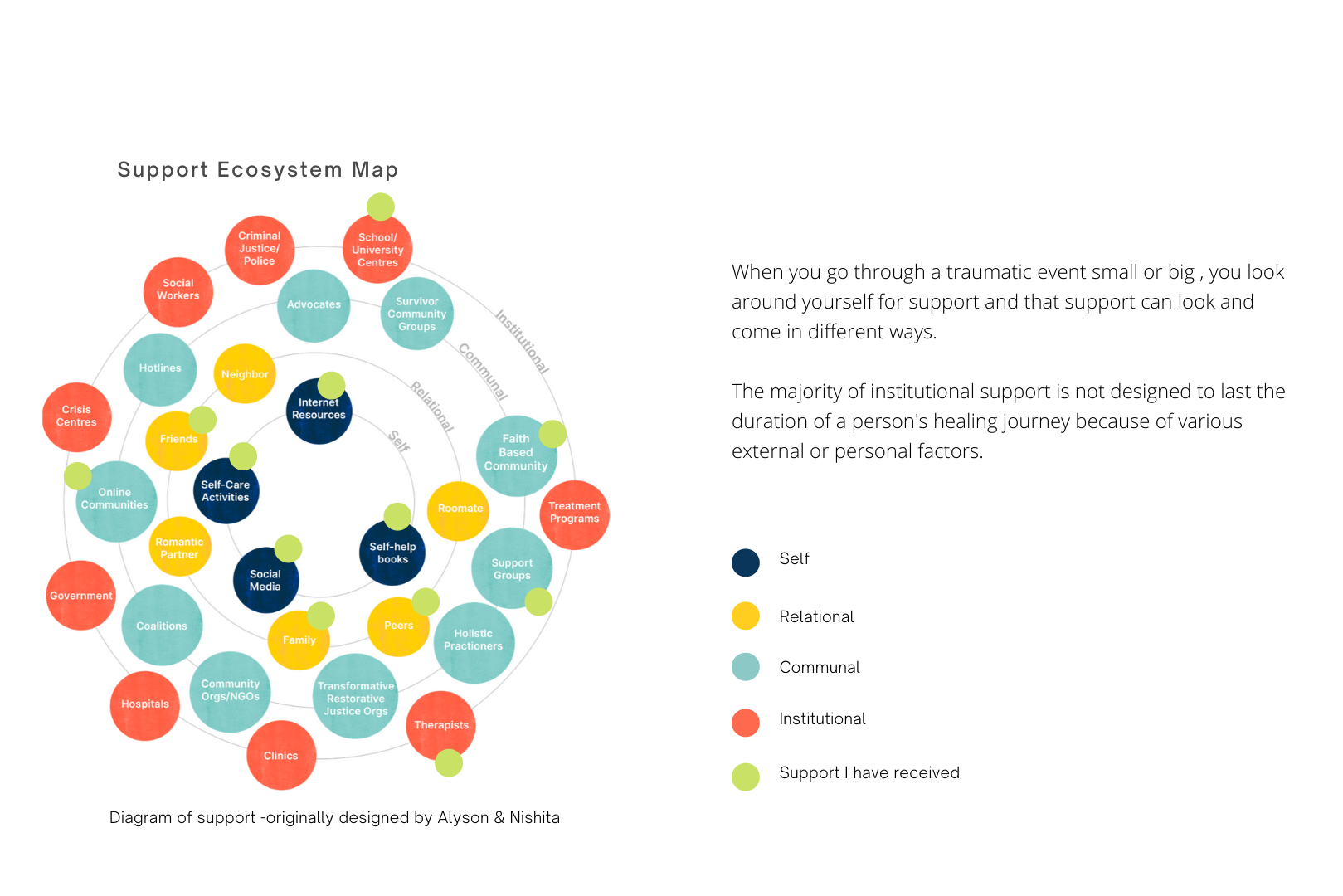

Personal Creative Practice Blog
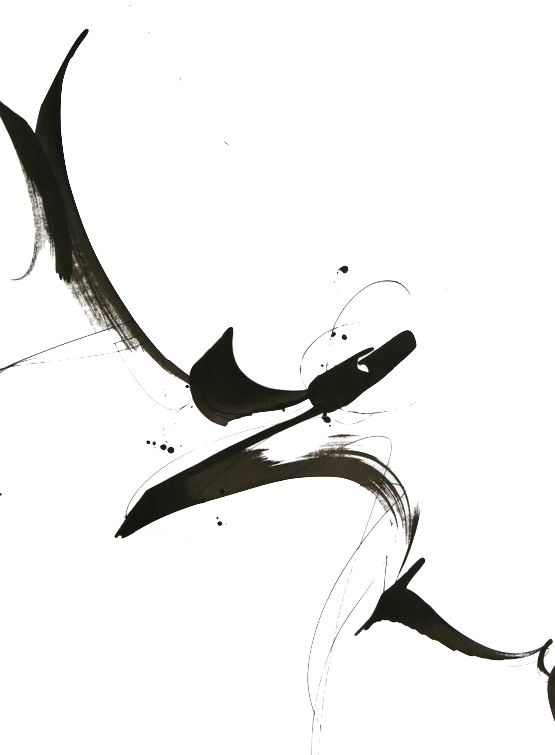
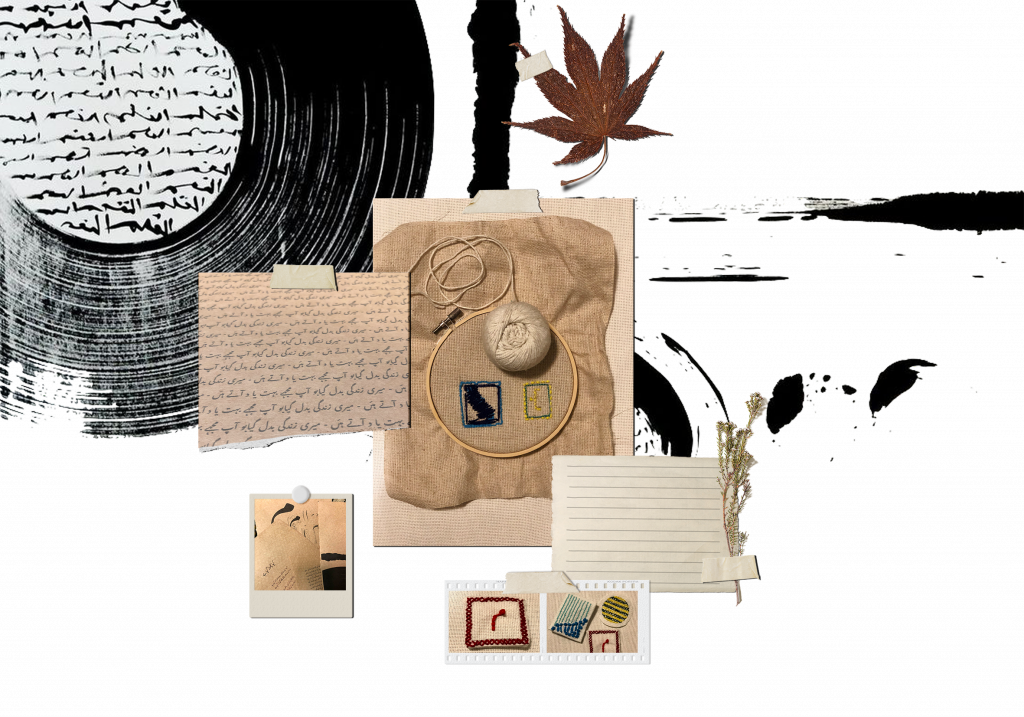
The Guest House
This being human is a guest house.
Every morning a new arrival.
A joy, a depression, a meanness,
some momentary awareness comes
as an unexpected visitor.
Welcome and entertain them all!
Even if they’re a crowd of sorrows,
who violently sweep your house
empty of its furniture,
still, treat each guest honourably.
He may be clearing you out
for some new delight.
The dark thought, the shame, the malice,
meet them at the door laughing,
and invite them in.
Be grateful for whoever comes,
because each has been sent
as a guide from beyond.
~ Rumi
This poem by Rumi was my initial inspiration for this project. I intentionally practiced Self monologue through the act of calligraphy and making in this project
Calligraphy provides the external dress for the Words that are considered to be sacred to the visible world but this art remains wedded to the world of the spirit. For according to the traditional Islamic saying, ‘Calligraphy is the geometry of the Spirit.’ For the second part of this action, I wrote letters which I folded and enclosed into small pouches I made they are called taweez which I punch needle. Taweez in Muslim and Sufi culture are objects you wear for positive energy or to heal.
So this was my little ritual to heal from loss .
Letters written with ink do not really exist as letters, for the letters are but various forms to which meanings have been assigned through the convention. What really and concretely exists is nothing but the ink. The existence of the letters is in truth no other than the existence of the ink, which is the sole, unique reality that unfolds itself in many forms of self-modification. One has to cultivate, first of all, the eye to see the self-same reality of ink in all letters and then to see the letters as so many intrinsic modifications of the ink.

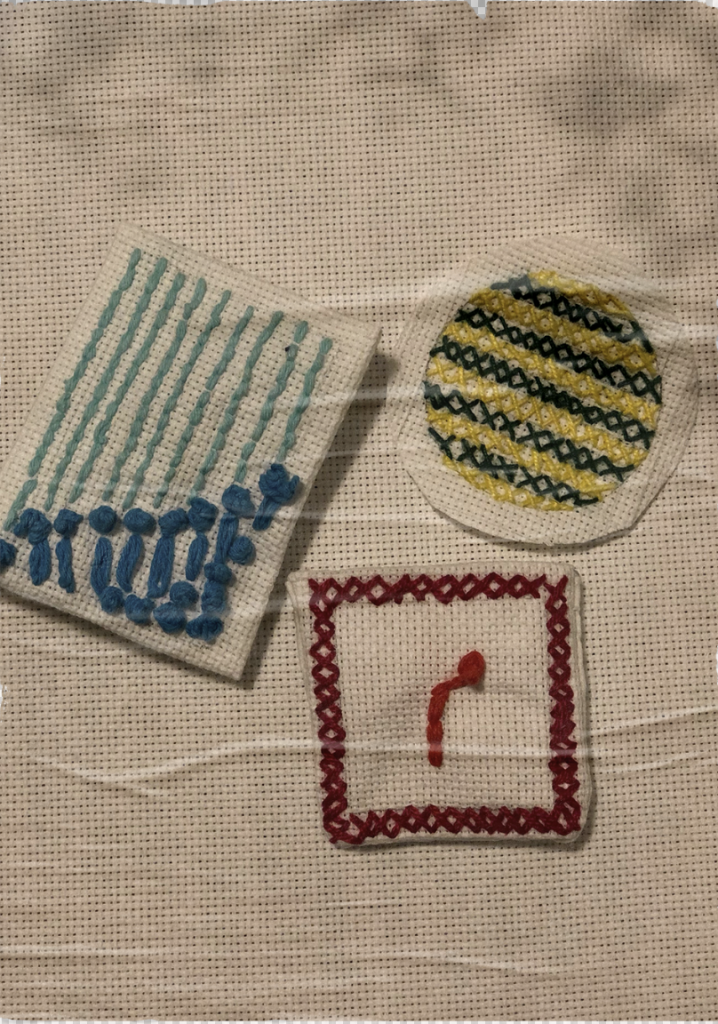

Since the dawn of humanity, stories have allowed people to shape and share their experiences by structuring the surrounding reality. This power has increased through the ages due to developments in technology and media habits, giving strength to the storytelling practice itself.
Living in a highly mediated world means that most of our experiences are conveyed through some platform of social media. But now, because of the pandemic, more than half of our life is online, living in small isolated bubbles, but virtually we are everywhere, and because of that, we must own and control our digital self.
Charles and I have been sharing our experiences of living in Pakistan and India, then questioning everything encompassing us over time. This is how a very casual WhatsApp conversation turned into a discussion about “imaginary lines” called borders started; our home countries Pakistan and India, are neighbours and have a very complicated political history. A HEIGHTENED state of tension persists in the subcontinent, with relations between two countries at a, particularly low point. At the same time, relations have never been ideal, with mostly downs and very few ups ever since 2014. The issue regarding Kashmir has been especially testy ever since partition.
History lesson time –
The Muslim-majority Himalayan region of Kashmir has been at the heart of more than 70 years of animosity since the partition of India’s British colony into the separate countries of Muslim Pakistan and majority Hindu India. India rules the populous Kashmir Valley and the Hindu-dominated region around Jammu city. Pakistan controls a wedge of territory in the West. China holds a thinly populated high-altitude area in the north. So United Nations -monitored ceasefire line agreed in 1949 and formalized into a Line of Control (LOC) in 1972 splits Kashmir into two areas – one administered by India, one by Pakistan.
Presently both countries google maps show different LOC.So whose google map is correct? Saudia Arabia recently used the Pakistani version of the map on their new currency note, which raised many questions from the Indian officials. Charles spontaneously gathered data from our cohort members located in different regions, humbly inquiring and observing their shared data with me. It clearly showed how the same information is displayed differently according to one country and its political position and relation with the other country.
However, my main concern would be how are these big tech companies like Google, Facebook etc. are being regulated by countries government; while having this whole conversation on WhatsApp with Charles, I shared Pakistan’s official map pdf (with updated LOC) with him because he couldn’t access it through an Indian IP address. Exactly a week later, I received the following messages in Urdu and English from the authorized number of Pakistans government:
Pakistan Published Map of Pakistan on 4th August 2020, which is available on the website of Survey General of Pakistan (surveyofpakistan.gov.pk). Any Wrong depiction of a map is strictly prohibited.
نقشےکی غلط عکاسی قانونکی خلاف ورزی ہے۔قانون کےمطابق نقشےکی غلط عکاسی کی سزا5سال قیدیاپچاس لاکھ روپےجرمانہ یادونوں ہیں۔
According to law, any wrong depiction of the map shall be liable for imprisonment up to 5 years or a fine of PKR 5 Mn or both.
The key takeaway from this conversation reflects on the power structures and how now more than ever, we are surrounded by exciting imaginary worlds in which the audiences enter vicariously, spending a certain amount of time speculating and exploring the narrative space but still remaining oblivious.
Blog Link to Charles Action : http://fullresgradstudios.ecuad.ca/csimon44904/2020/11/02/action-7/


PHASE 1 – Preliminary Research
Coming from Pakistan, a country that still has active polio cases. Every child in Pakistan is aware of what polio is and its consequences, but speaking to middle-school children in Calgary, made me realize they don’t know what polio is. Recently a lot of countries are looking at the polio epidemic through a COVID-19 lens.
Although polio is significantly different from the novel coronavirus, some of the similarities between the two outbreaks, especially when looking at the height of the polio issue in the world, are striking. Polio was thought to only affect a specific age group at first and spread to infect patients of all ages. Polio, like COVID-19, demanded attention from governments in a way many other deadly diseases hadn’t before, simply because of who was most at risk.



The Poliovirus affected predominantly middle-class children. Lower-income families who had been exposed to mild forms of it earlier due to more impoverished living conditions had more antibodies built up over generations. So it was the middle-class who had no group immunity when outbreaks started popping up.
However, COVID-19 affects all groups, and those living in poverty are often more likely to be on the front lines and more at risk- which again places third-world countries like Pakistan in a vulnerable spot.
Christopher Rutty, an adjunct professor at the University of Toronto and a professional medical historian, talks about how COVID-19 is spurring discussions about how to support citizens during a health-care crisis economically; polio was responsible for a similar restructuring. Rutty said that these types of situations could expose issues that already existed.”That’s really where the threat of COVID is; it’s striking at the health care system and really exposing limitations in it,” he said. “And polio did the same thing, really, because of its long-term impacts.”As we move forward in the battle against COVID-19, Rutty said it’s possible to learn from what we did right in the fight against polio, both scientifically and politically. He pointed out that “COVID is generating similar kinds of collaborative initiatives, research and production,” in terms of scientists collaborating in the search for treatment and a vaccine, “which hasn’t happened quite the same way really, perhaps even since polio.”
I started looking at different data relating to polio in the world provided on world health organizations and various websites. This led me to focus on the stats in Pakistan. Simultaneously, I was hoping to conduct a workshop at Terrace Road School where my 8-year-old niece is a student, and my sister-in-law happens to be a member of the school board and its treasury. So my dream of conducting a workshop seemed somewhat possible. After few days of convincing, I was asked to draft a proposal to conduct the workshop. To do that, I had to figure out how to engage with the kids through participatory research work.
PHASE 2 – Workshop
The workshop was conducted with 17 students of grade 3 and 4 of a public school in Montgomery, Calgary, to understand:
1- Kids’ perception and understanding of Polio
2- What do they know about vaccination.
It was a challenge to
1- Designing the activity to engage the kids in doing the activity while having fun
2- Getting permission from a school to conduct a session during break time or free period.
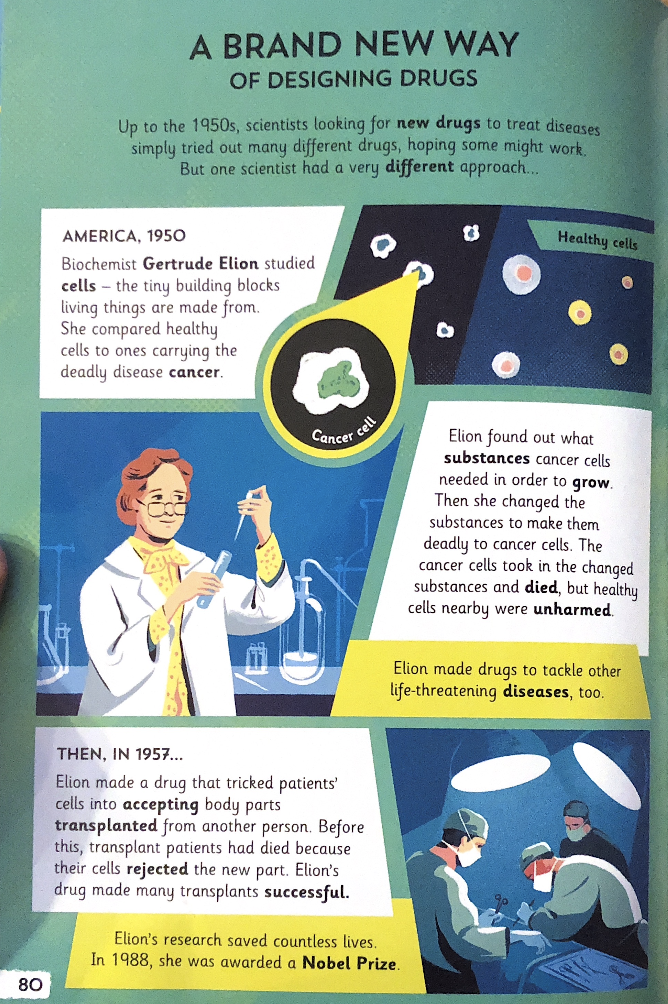
I sent the proposal to the school admin, and it was politely refused because I was asking for too much. Getting all the approvals was a long process especially asking parents permission for pictures to be taken during the workshop.
So at this very moment, I realized I was not in the position to make any demands. I rewrote the proposal eliminating all of my hopes and dreams of a “fun workshop.”
Long story short, after exchanging twenty emails with the school admin, I was allowed to conduct a workshop for 30 minutes on Friday.
In this process, I was introduced to various resources and books on how to conduct a school workshop.
The workshop was conducted in presence of the class teachers. Also, I made sure to constantly provide positive reinforcement to the kids by repeating many times that- no answer or drawing they will give is a wrong answer and that we are having a fun activity.
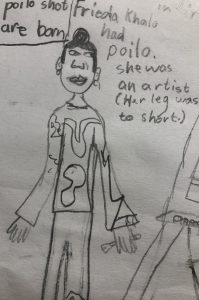
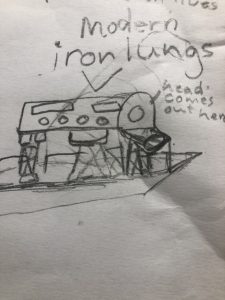
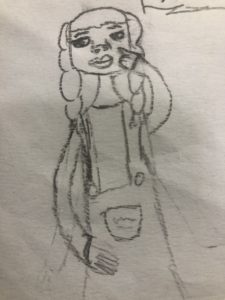


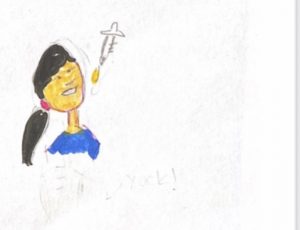
So I started off by explaining to them few questions like;
PHASE 3 – Do You Have Any Socks ?
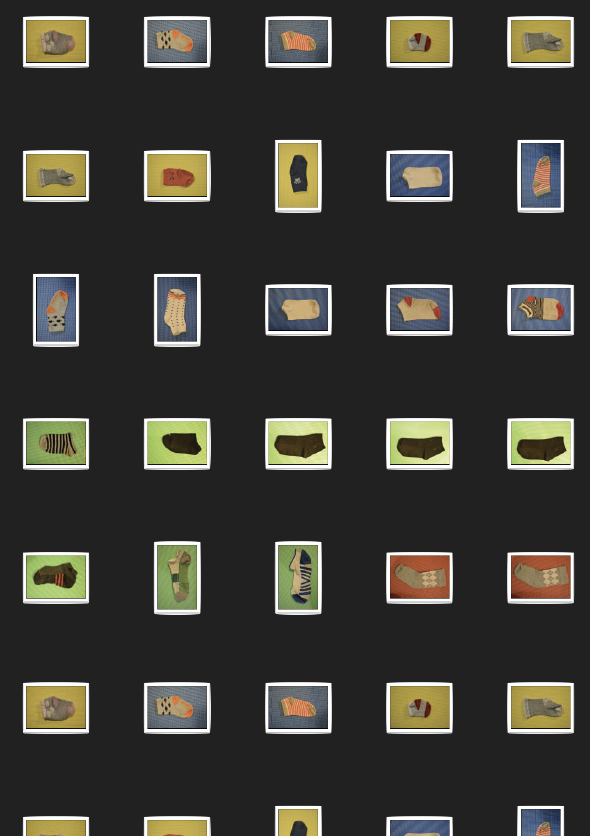
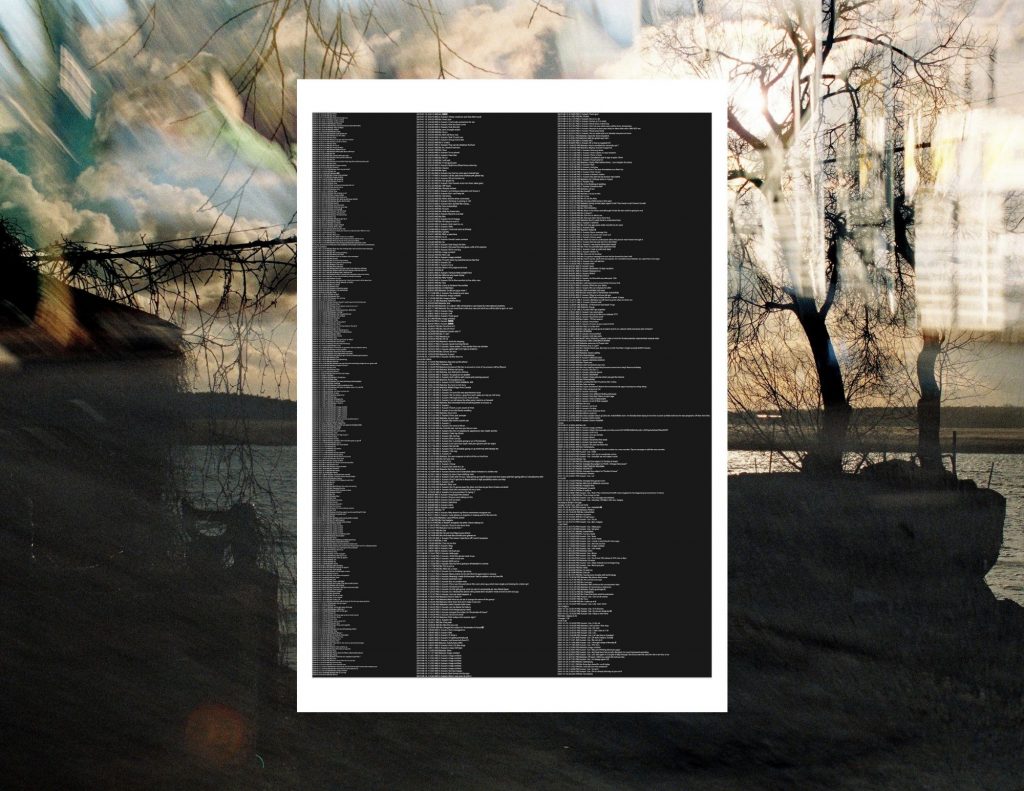
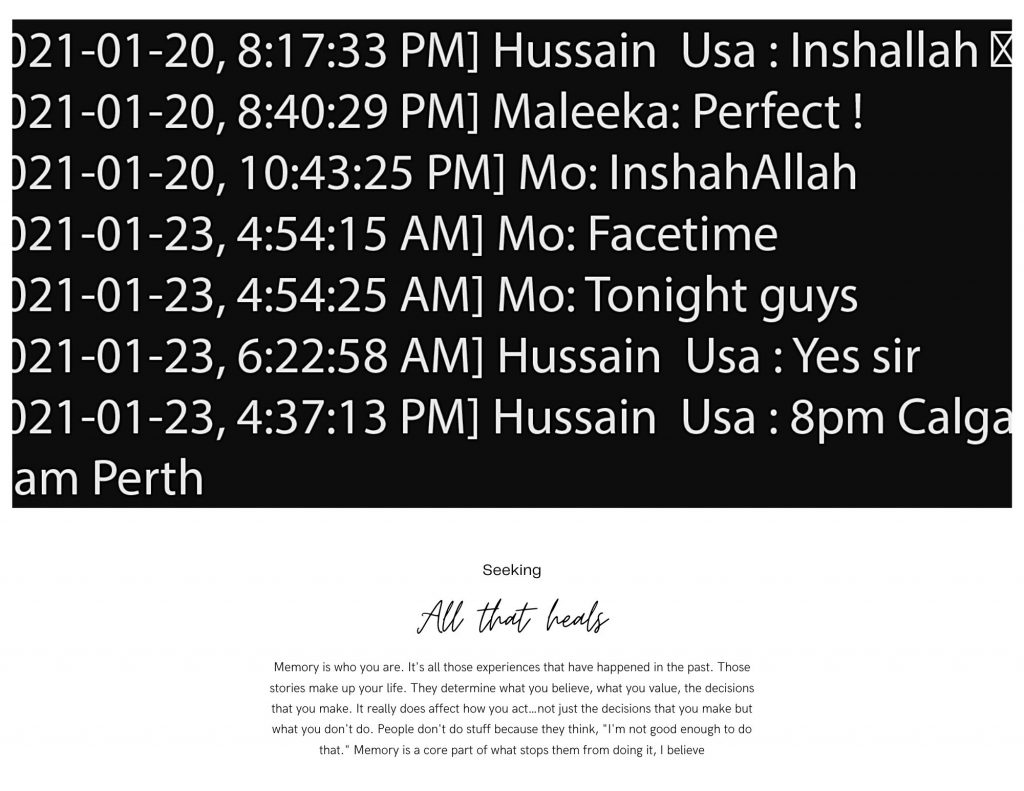
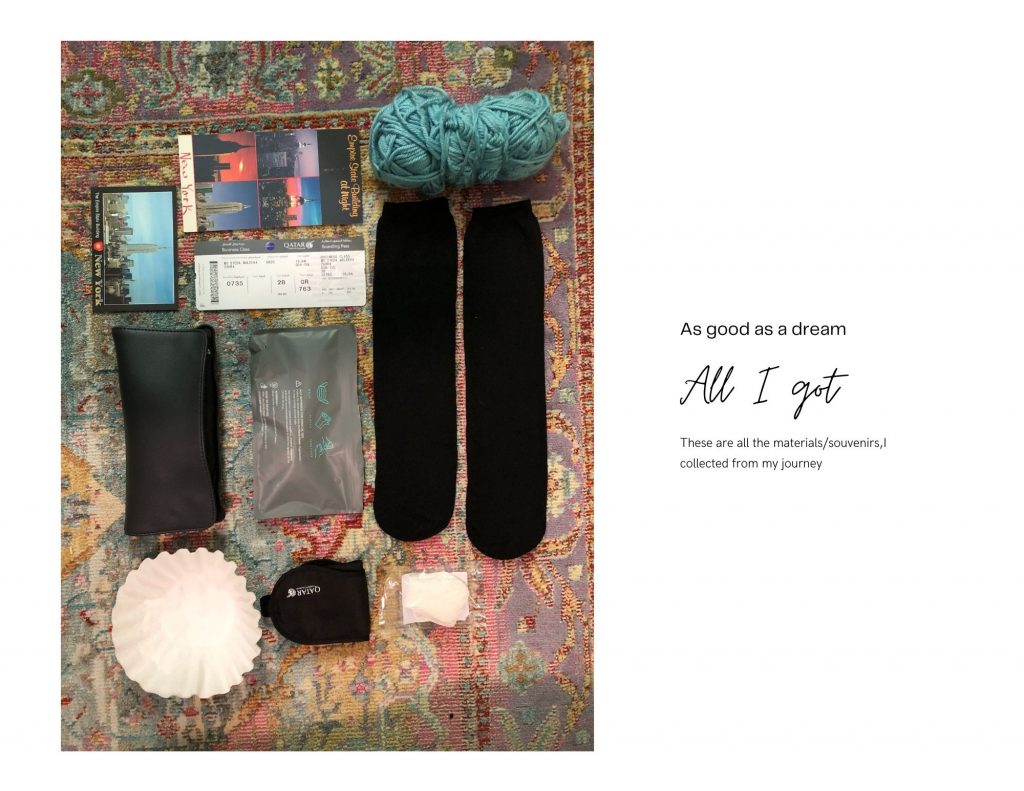
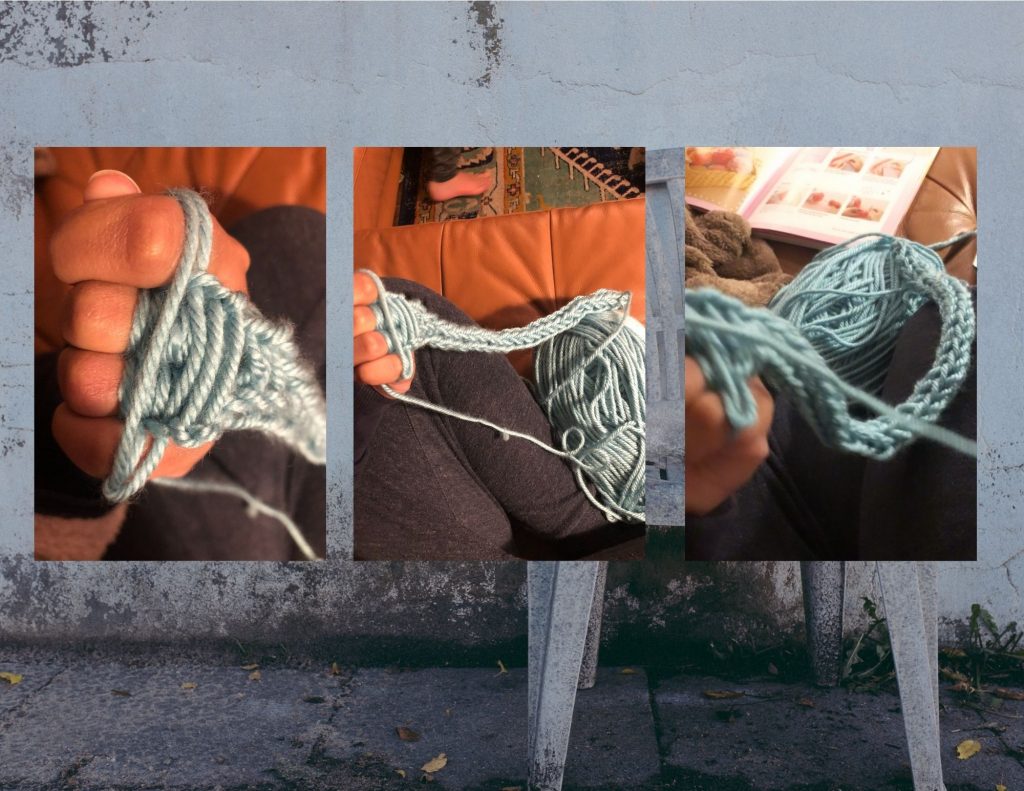
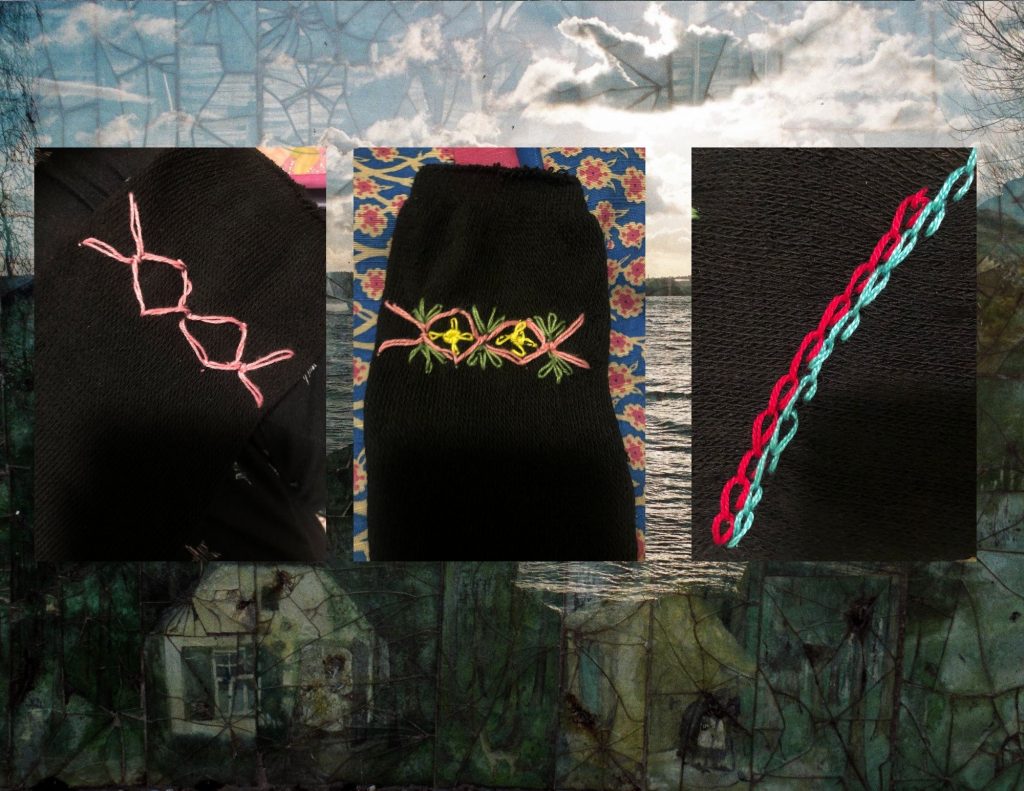
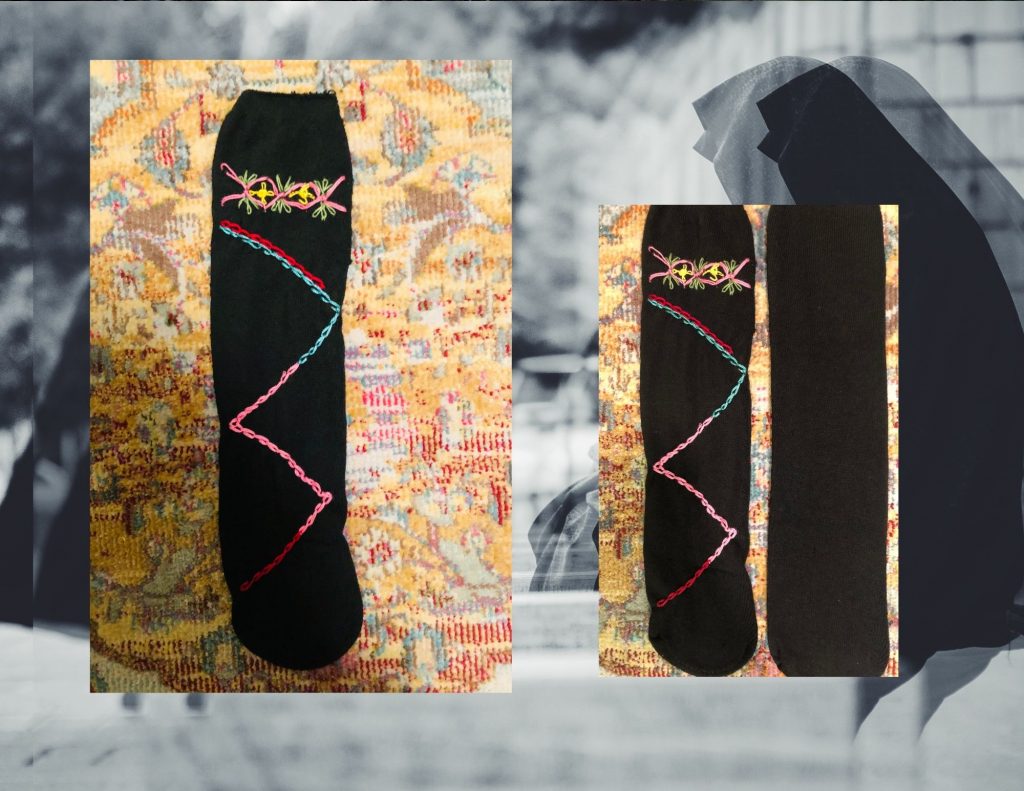
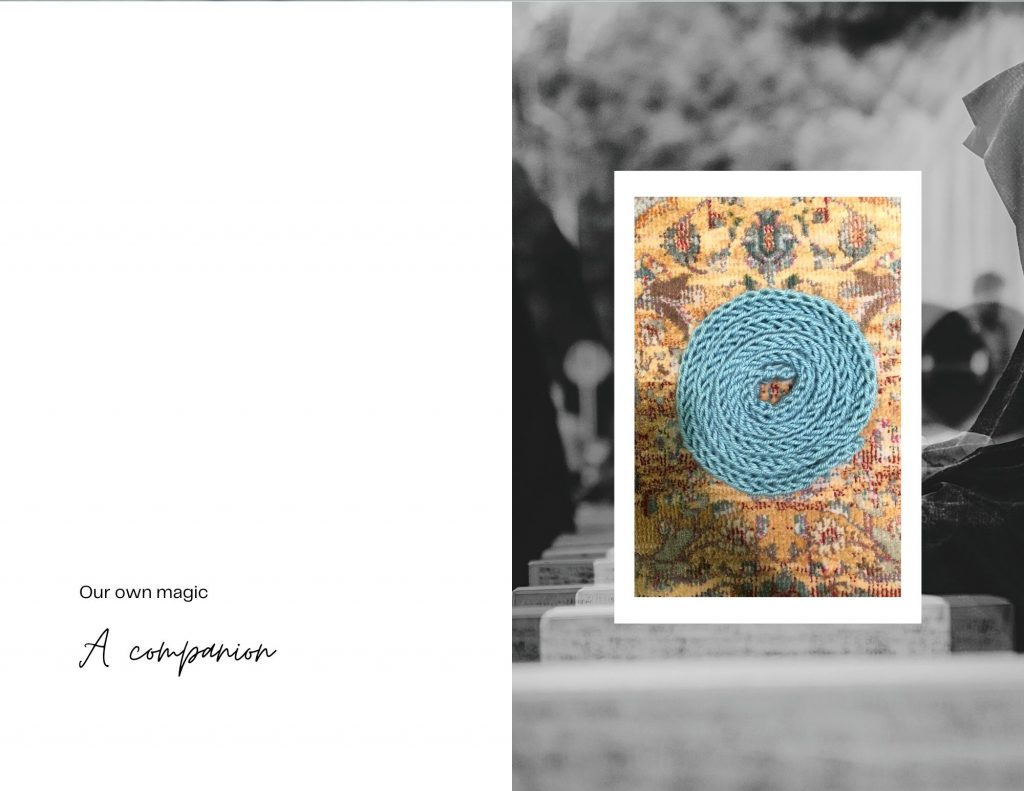
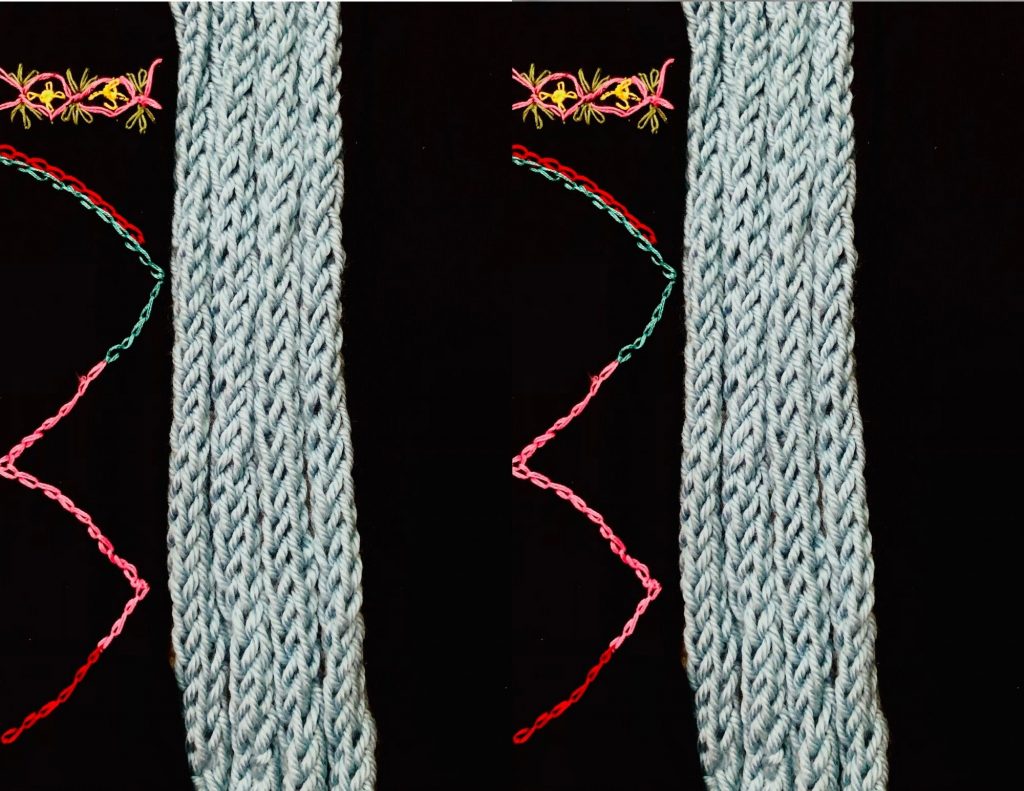





“Hum ghar bana rahain hain” (We are making a house), exclaimed Amna, Aisha and Hamza as their tiny fingers circled through the wet sand and shaped out a square structure they called home. These kids belong to jhuggis situated near Emporium Mall Lahore, while the term jhuggi can be loosely translated into “shanty clusters.
People adopt different migration patterns and carry various reasons for settlement. The jhuggis at the Emporium Mall site aptly showed this, as they comprised a mix of people and communities, one of whom was Mussarat. Mussarat had moved into the Emporium Mall site a mere two months ago and was previously living in a middle-class home as a caretaker. She was born and bred in south Punjab, and these jhuggis were not customary of her lifestyle. In her teenage, she had lived in someone’s home as a domestic worker, where she had learnt traces of verbal English and near-perfect verbal Urdu. While seeking domestic work was common in these setups, not everyone possessed Mussarat’s linguistic abilities and history of residence within employers’ homes. Amid the pandemic, Mussarat was finding it hard to find any full-time jobs, so she had to get creative to earn money for her day to day expenses. As a young girl, Mussarat was taught how to make Ralli quilts by her grandmother. These quilts are a visual feast of colour, pattern and energy. The quilts are called “rilli” (or ralli, rilly, rallee and rehli) derived from the local word ralanna, meaning to mix or connect. Rillis are usually made by women of rural villages, nomadic tribes and settled towns.
Ralli is made from scraps of cotton fabric hand dyed to the desired colour. According to Indus craft website a typical rilli is about seven by four or five feet. Much of the fabric comes from old, worn shalwar kameez (traditional loose shirt and pant outfits). The most common colours in rillis are white, black, red, yellow, orange, green, dark blue and purple. However, there are some unique regional and tribal color palettes. For the bottoms of the rillis, the women often use old pieces of tie-dye, ajrak (red and blue block printed material) or other shawl fabric.
As I stand outside the mall in parking, waiting for my friend to pick me up, I accidentally start a conversation with Mussarat, who was also waiting for the Rickshaw (tuk-tuk). Within 10 minutes of knowing each other, she invited me to her Jhuggi for chai (tea), and I agreed. After walking for a few minutes, we reach the jhuggi settlement where kids are playing and running around freely; she leads the way to her small jhuggi. As we enter everywhere, there are loose pieces of fabric on the ground. Quickly she starts gathering them up and apologizes to me for the mess; after a good 30-minute conversation, I ask her if she was making Ralli earlier. She nodes and offers me if I want to see how it’s made. I quickly agree to her offer and sit down on the ground with her as she starts stitching two pieces of fabric together. Eventually, both of us (mostly by Musarat) stitch a small piece (around 24 cm)of Ralli together. During this process, Musarat and I connected on a whole new level.

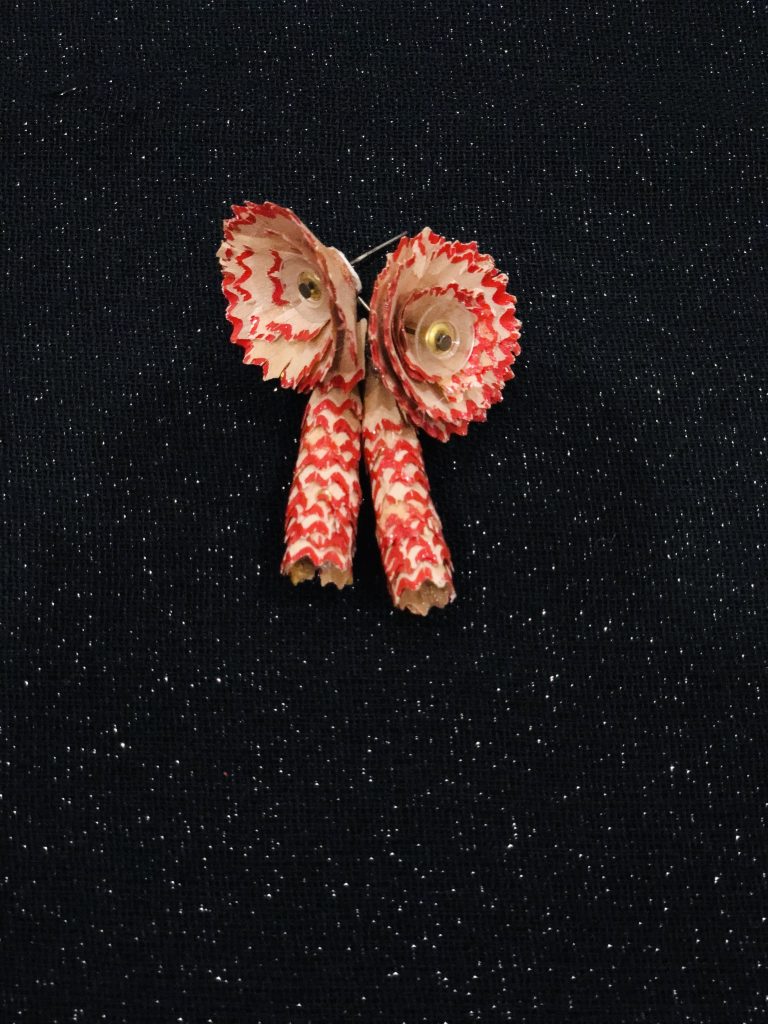
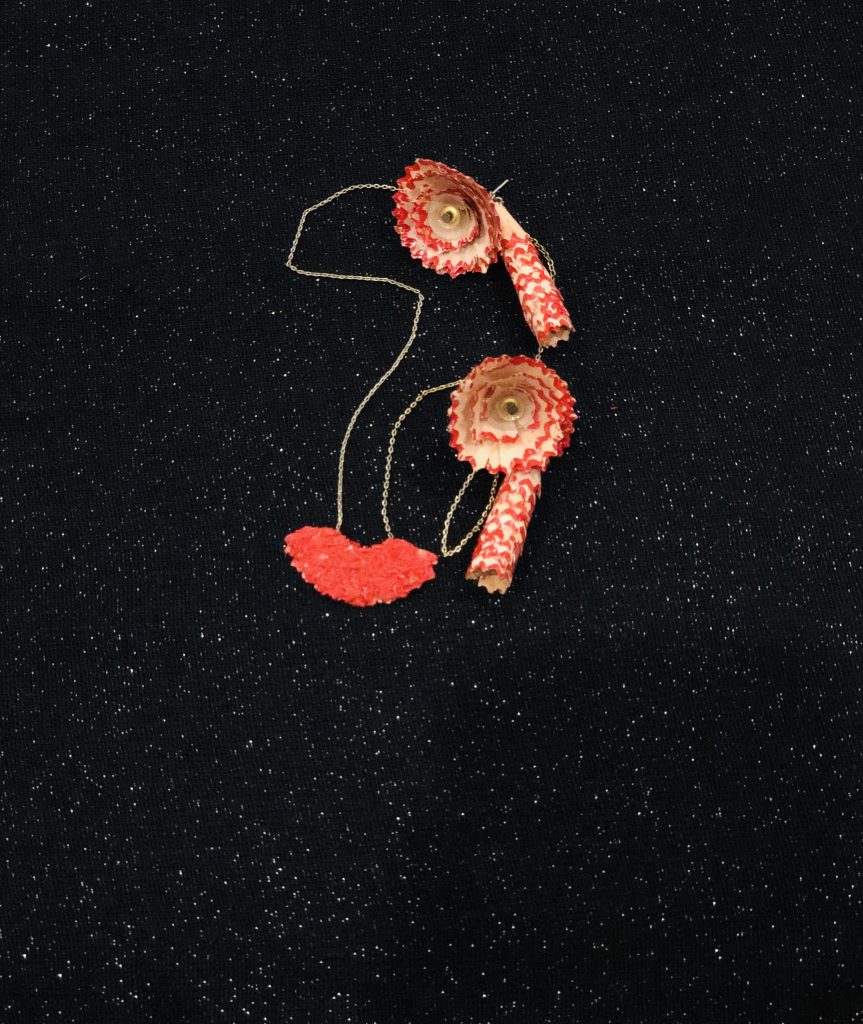

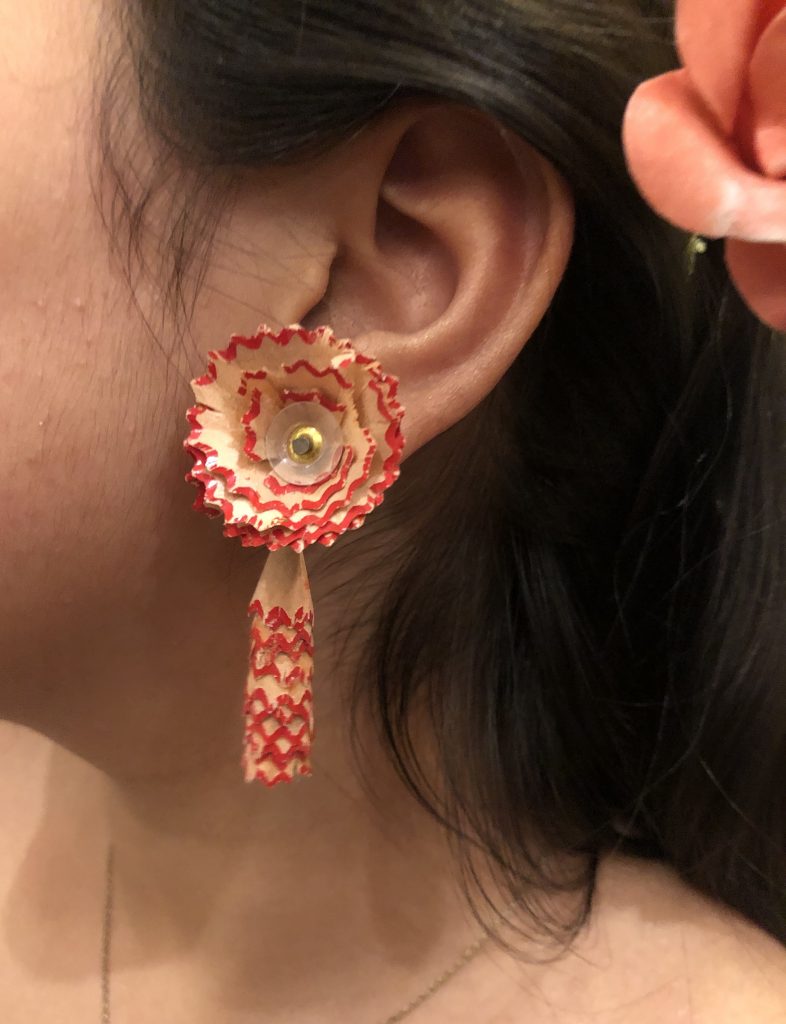
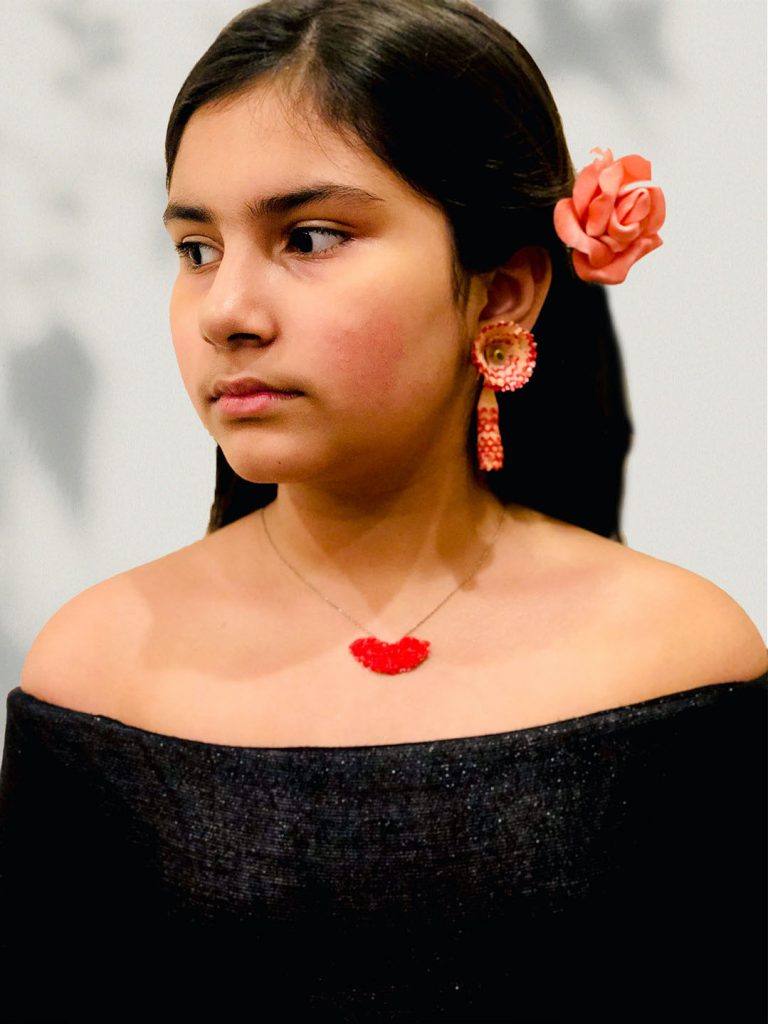
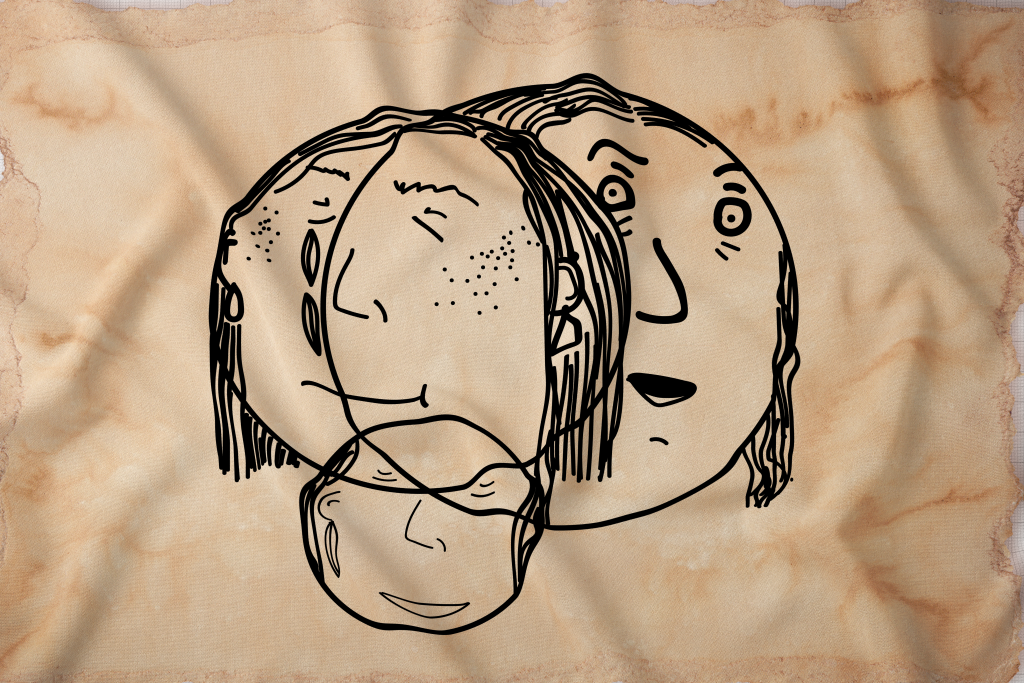
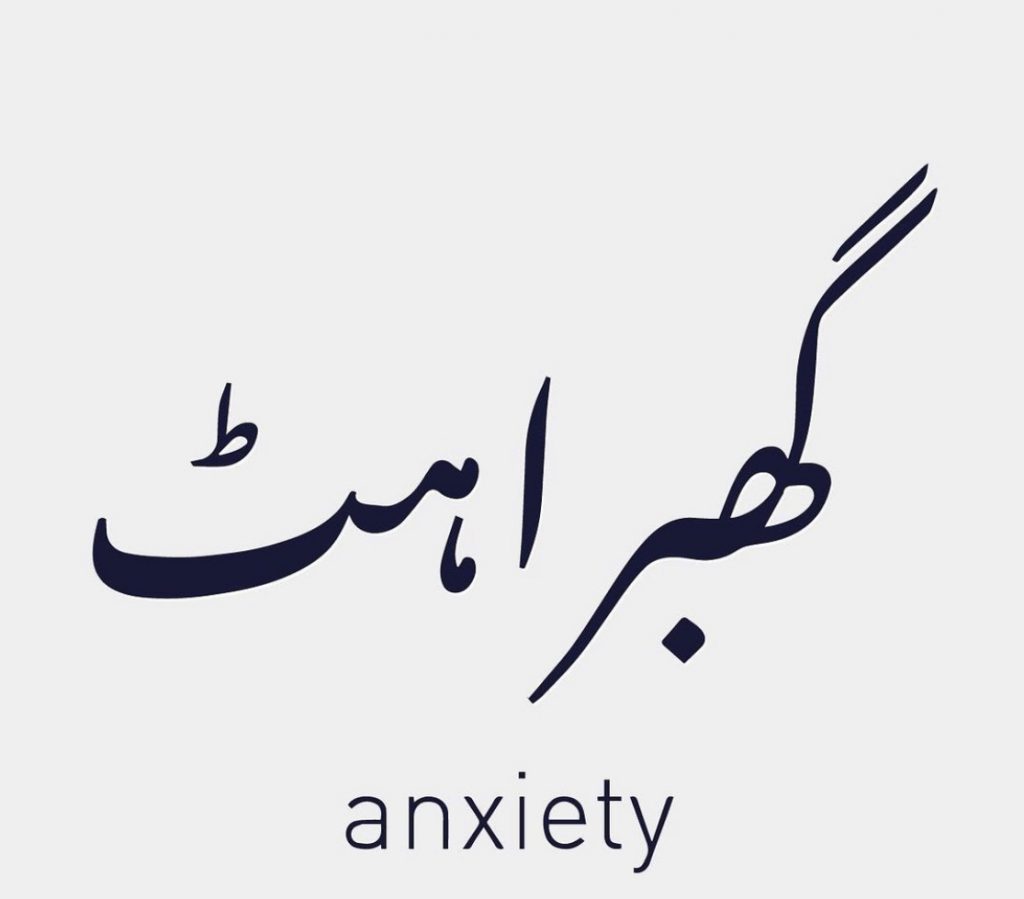
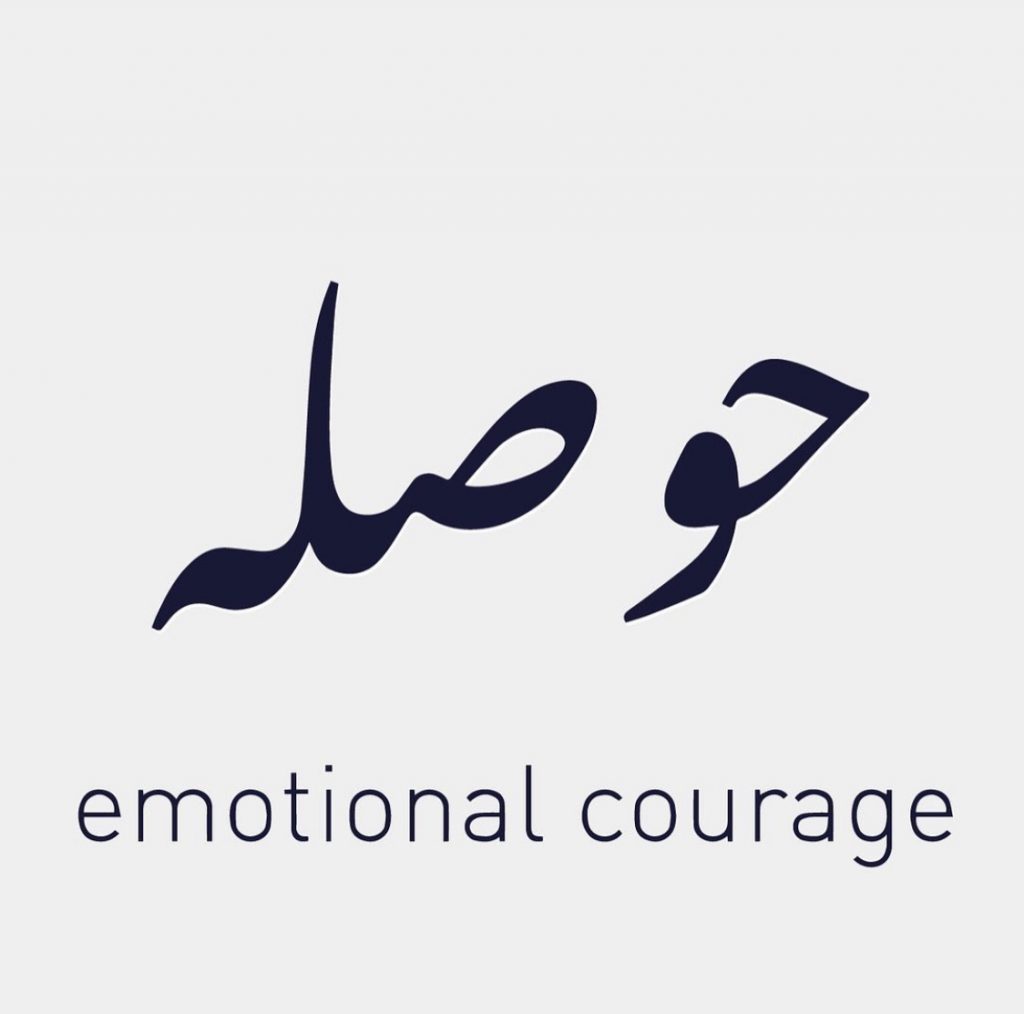
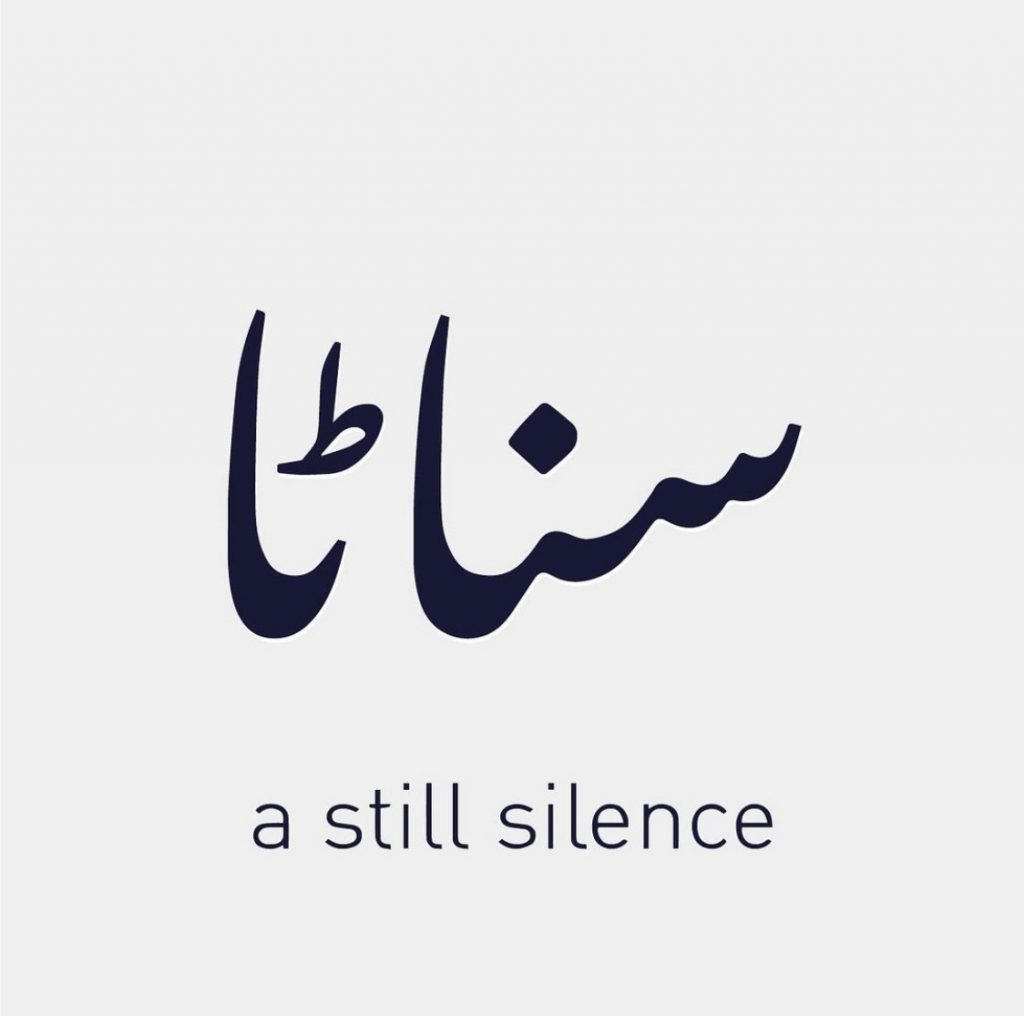

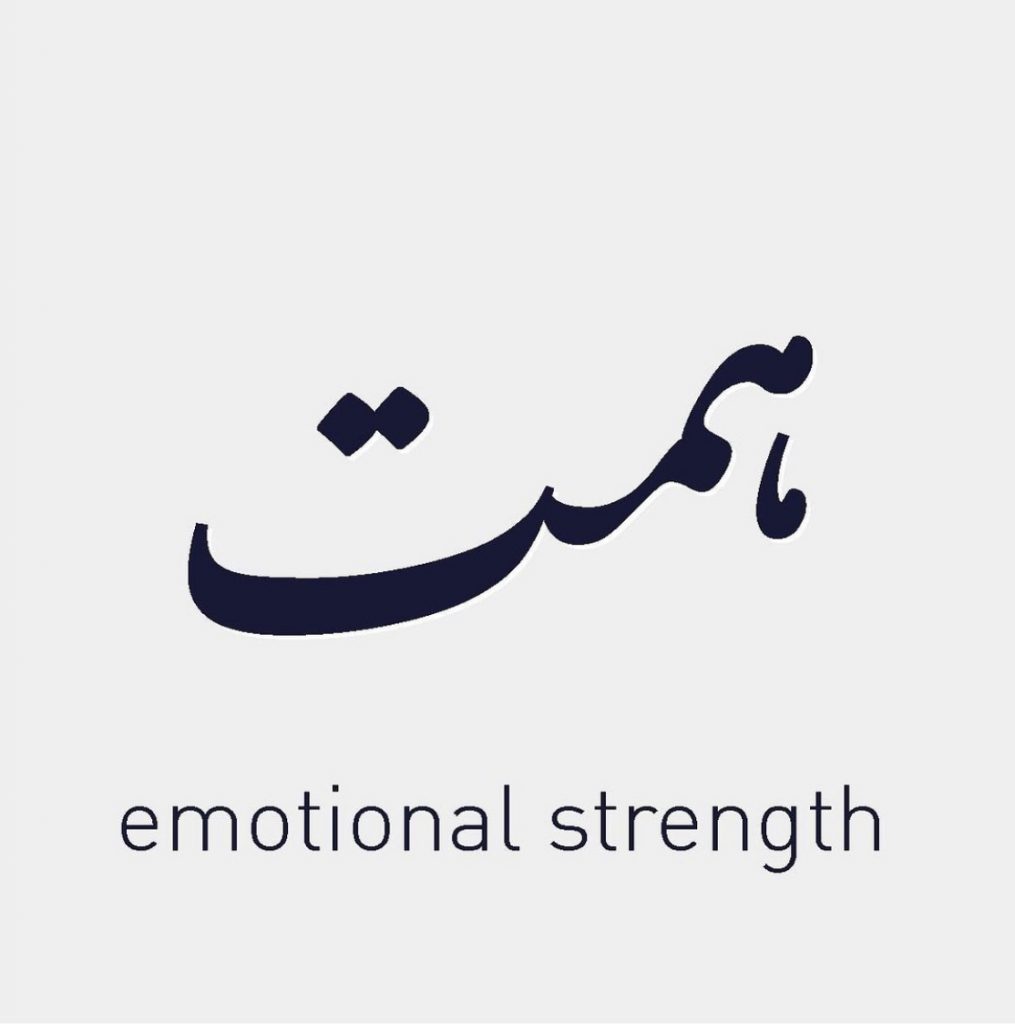

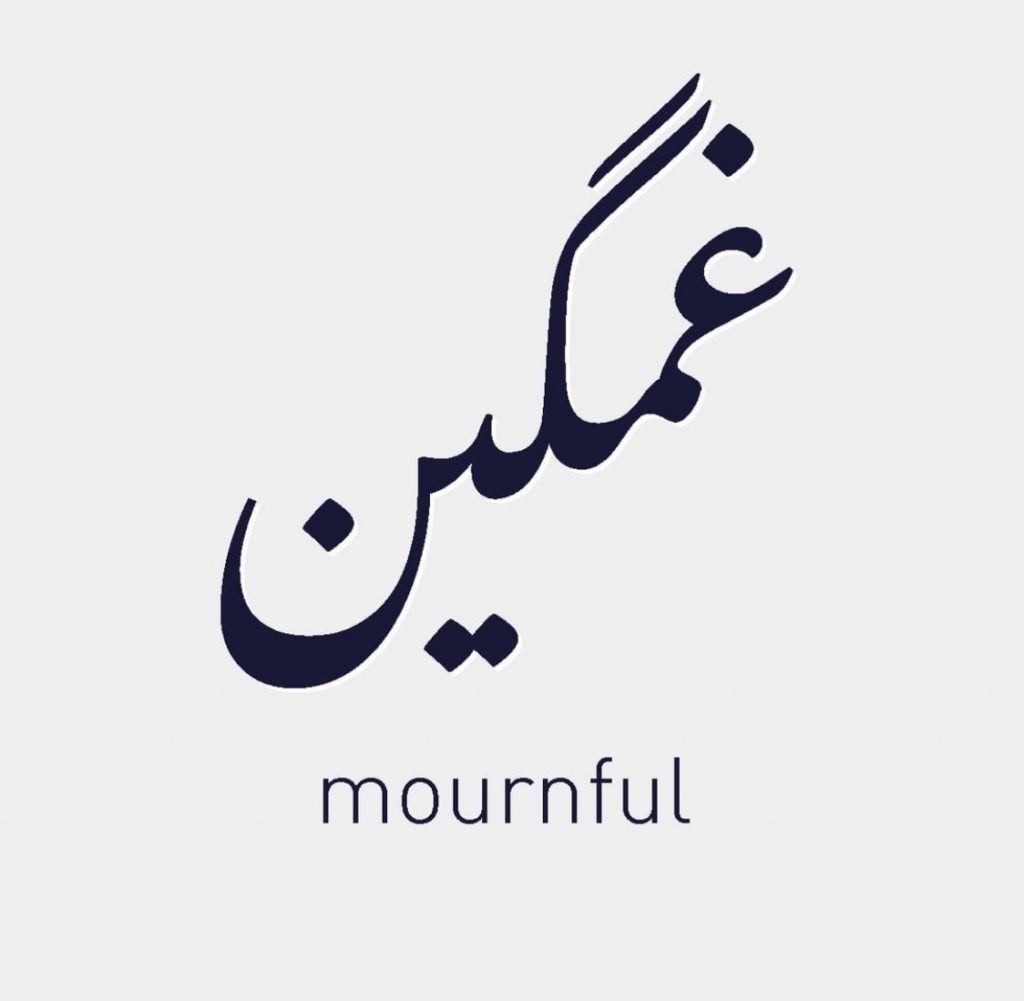
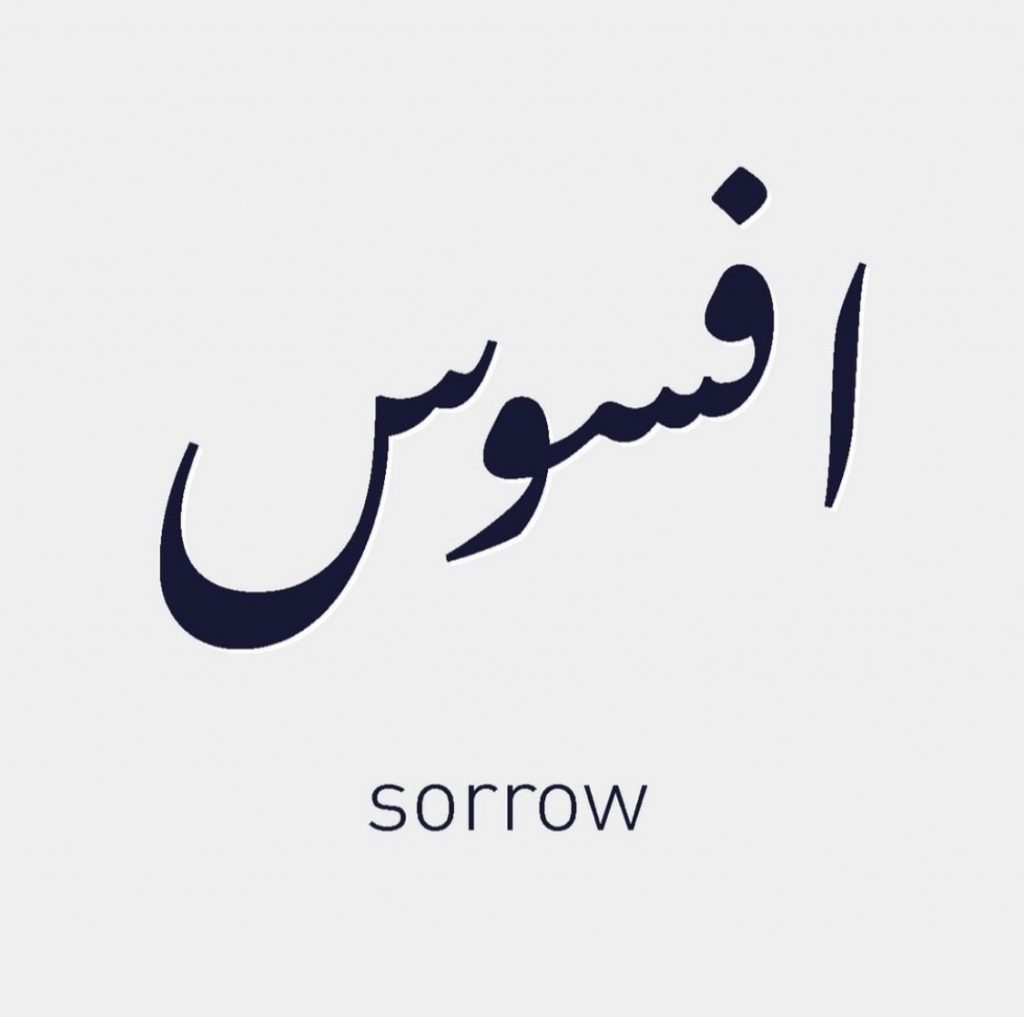
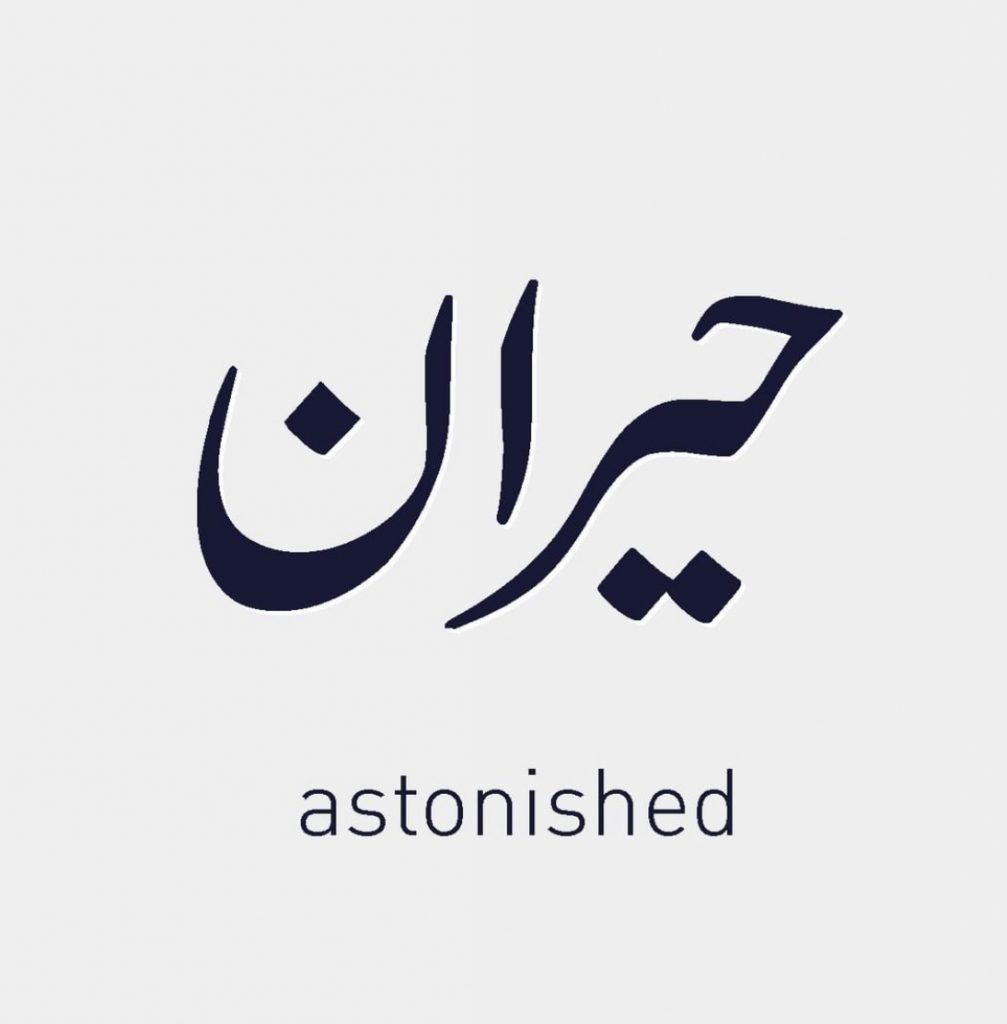
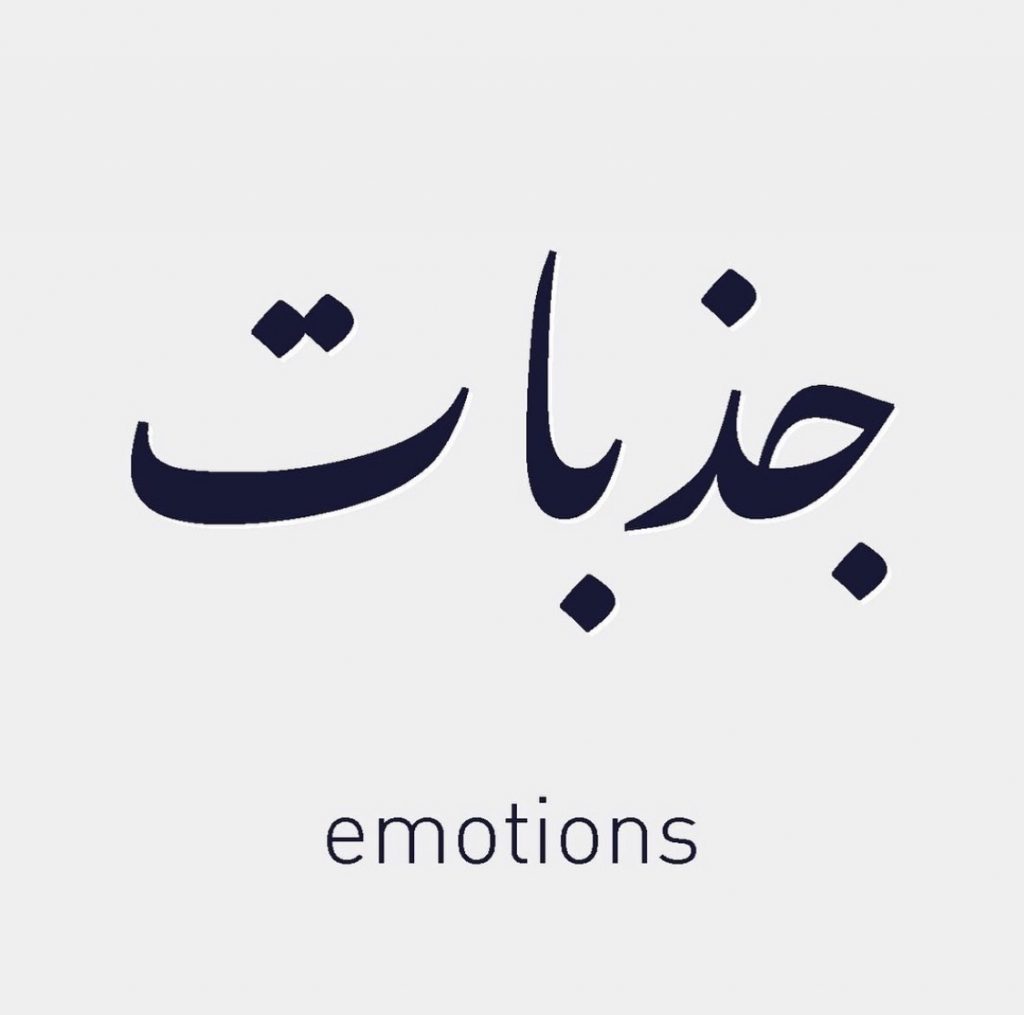
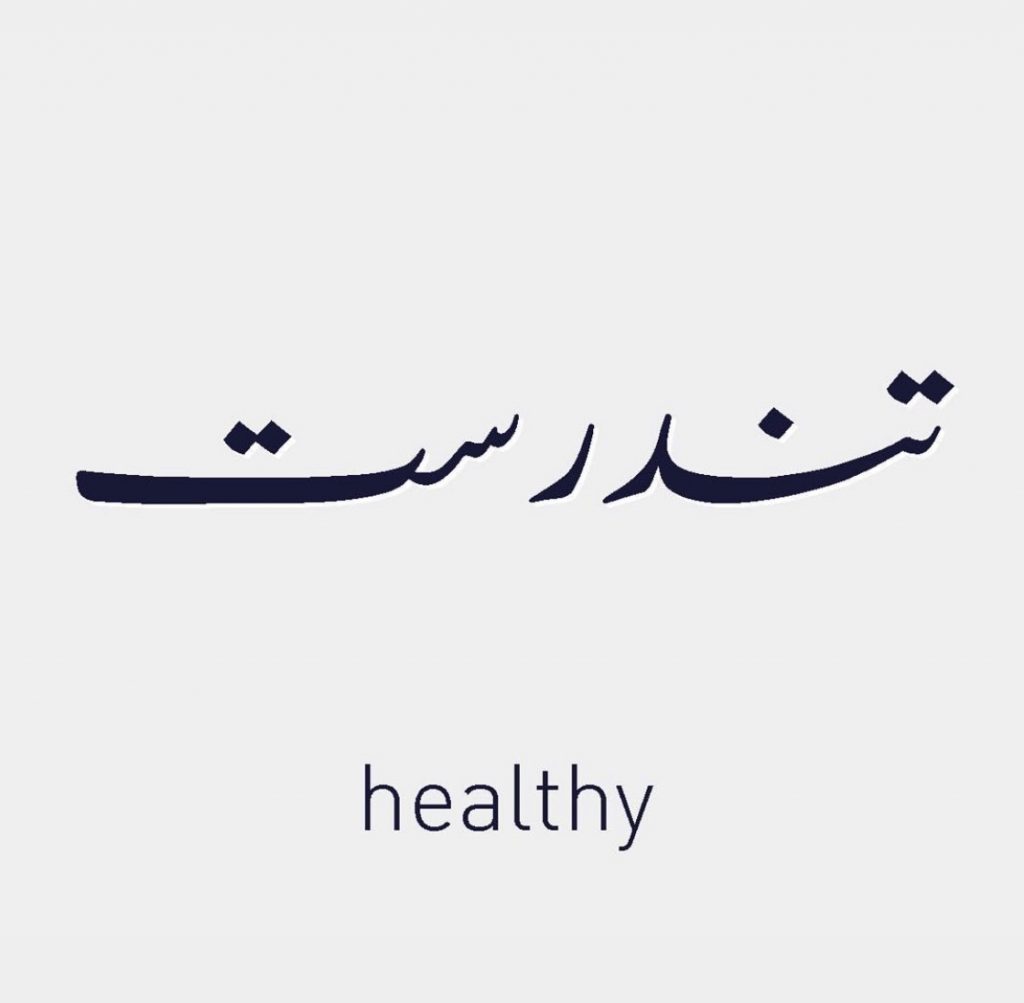
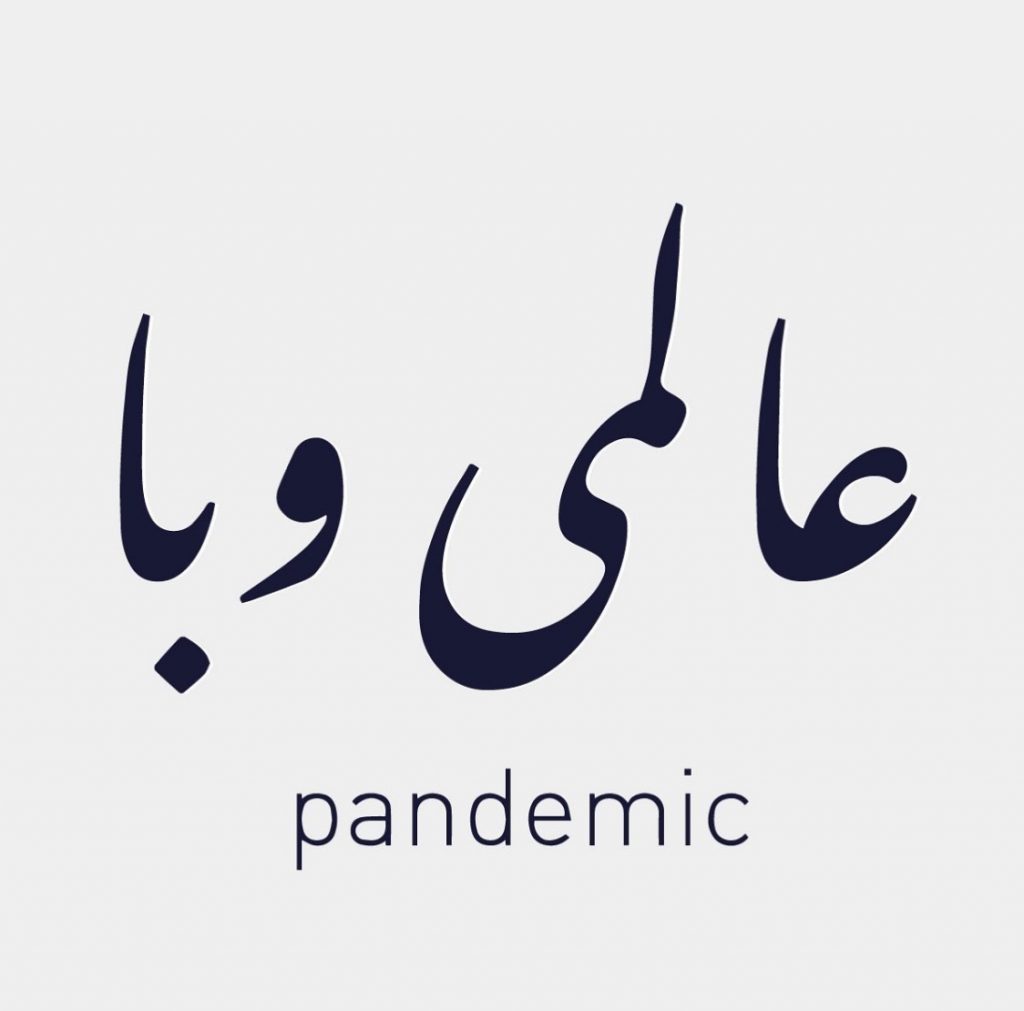
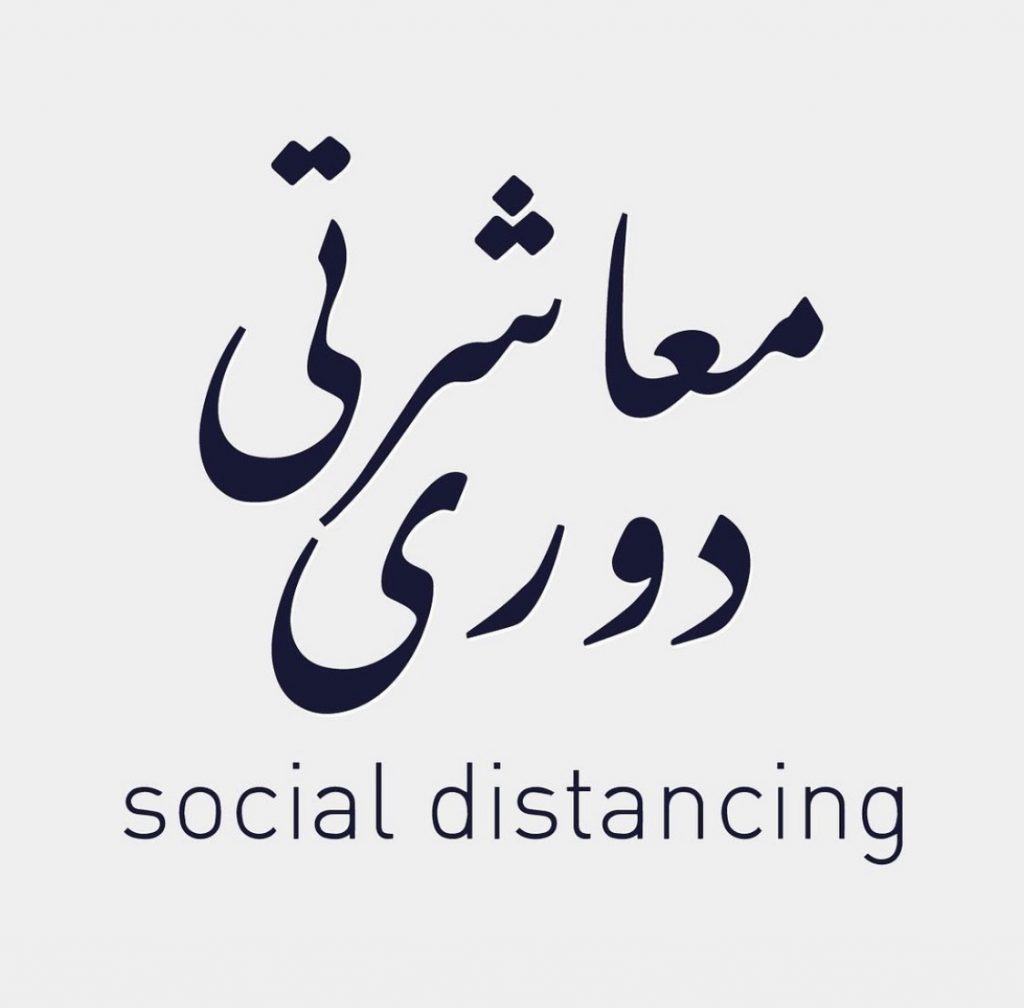

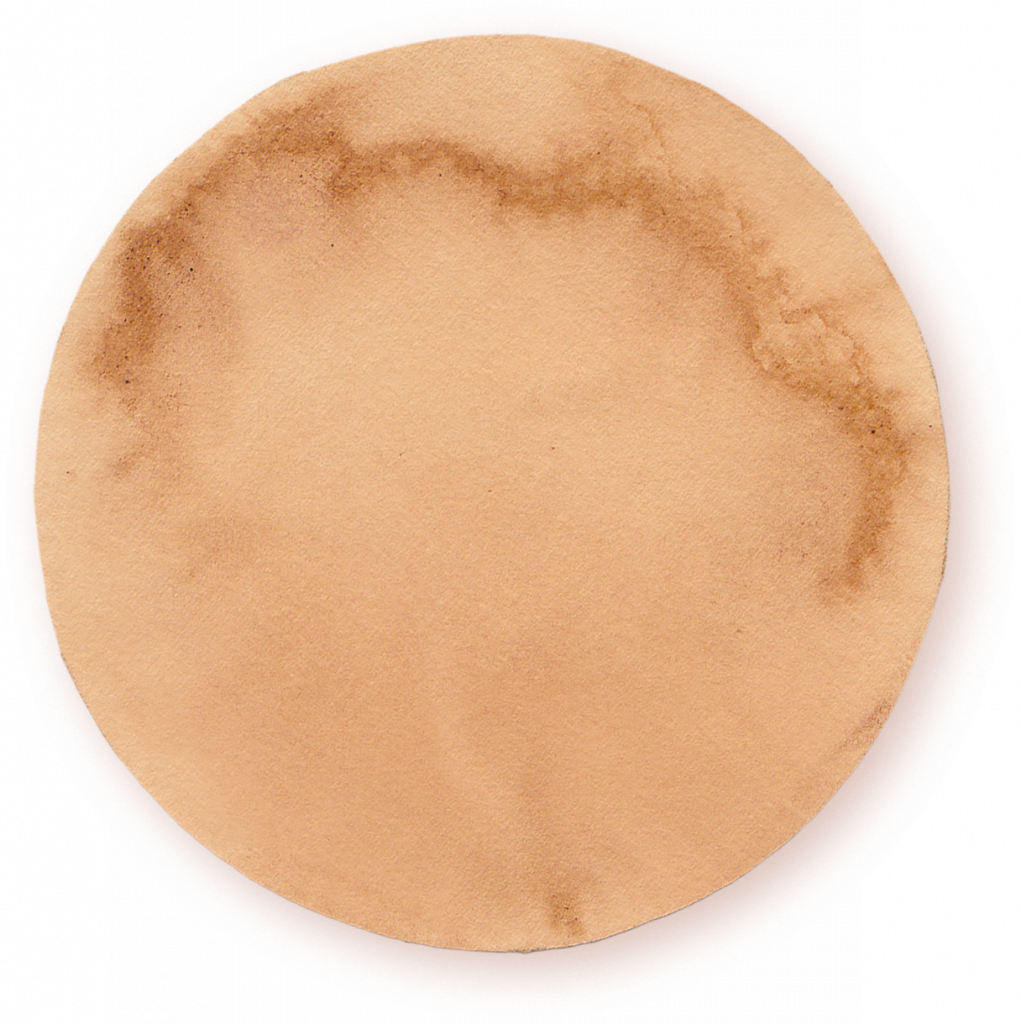
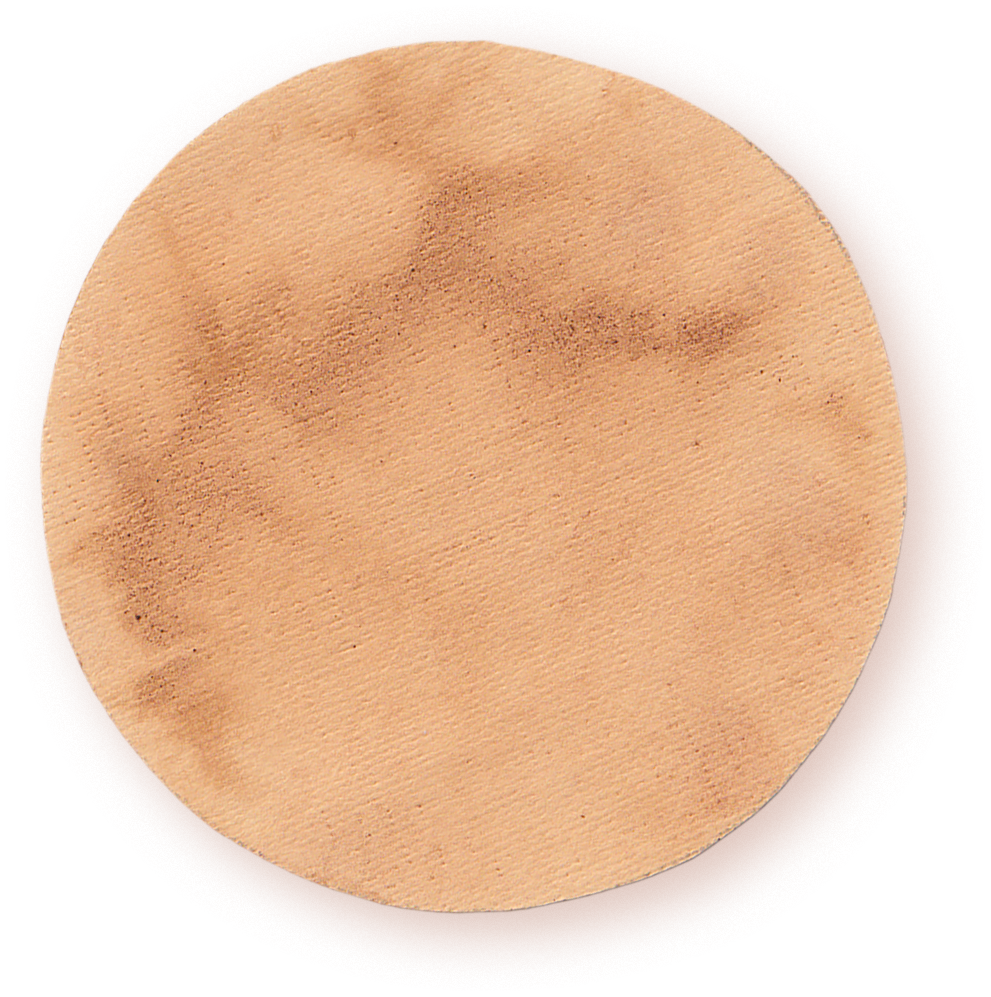
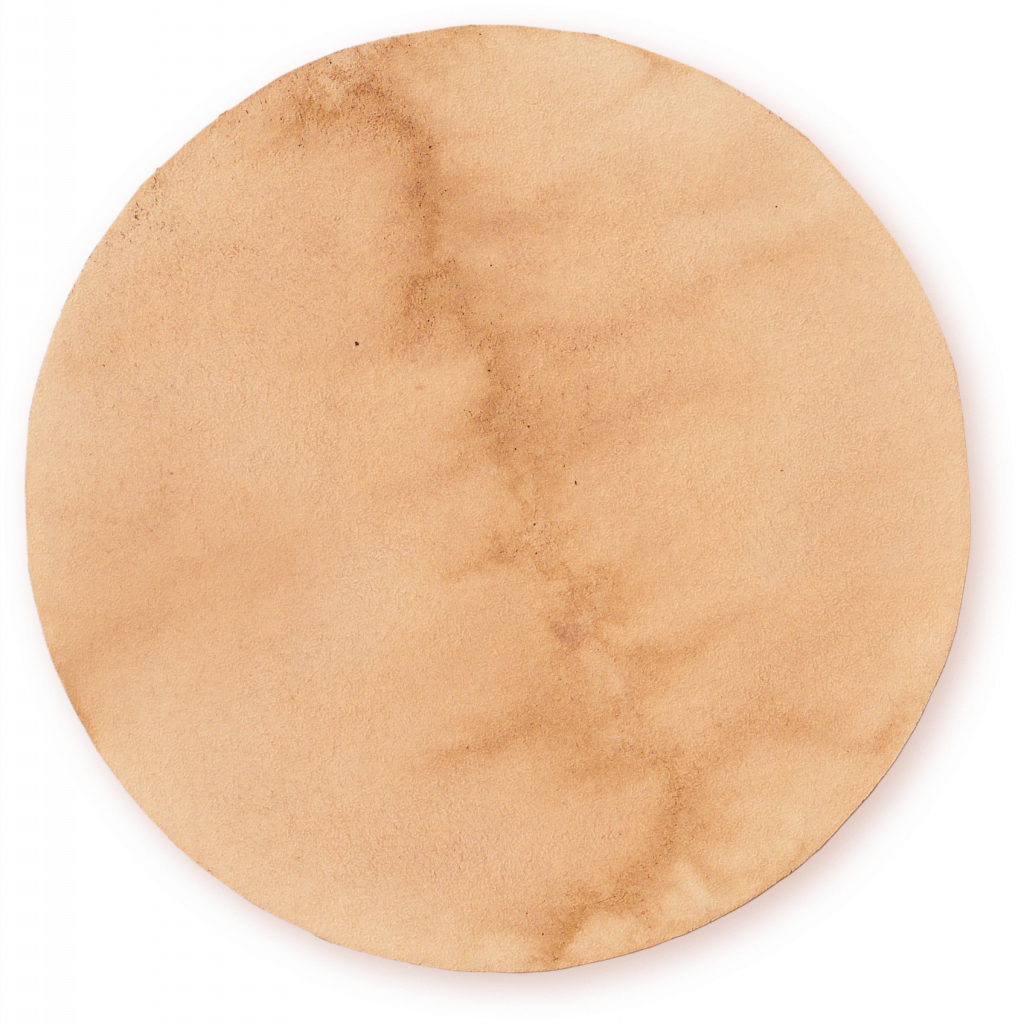
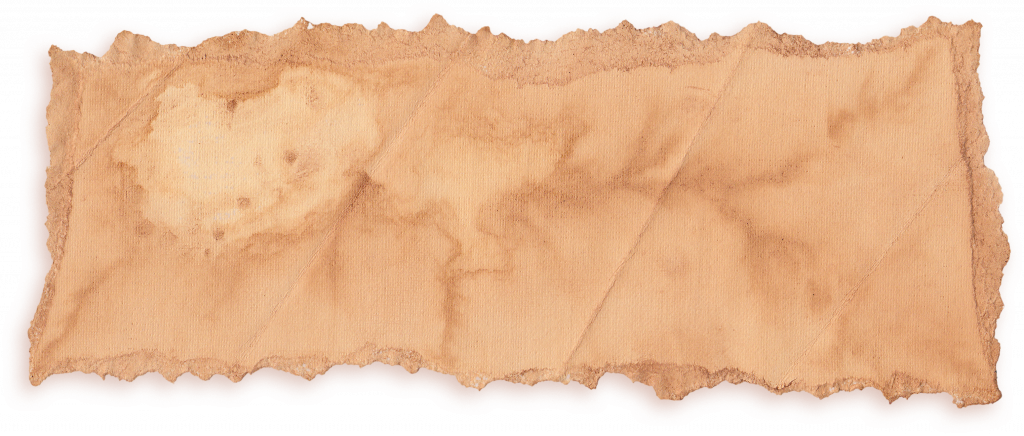
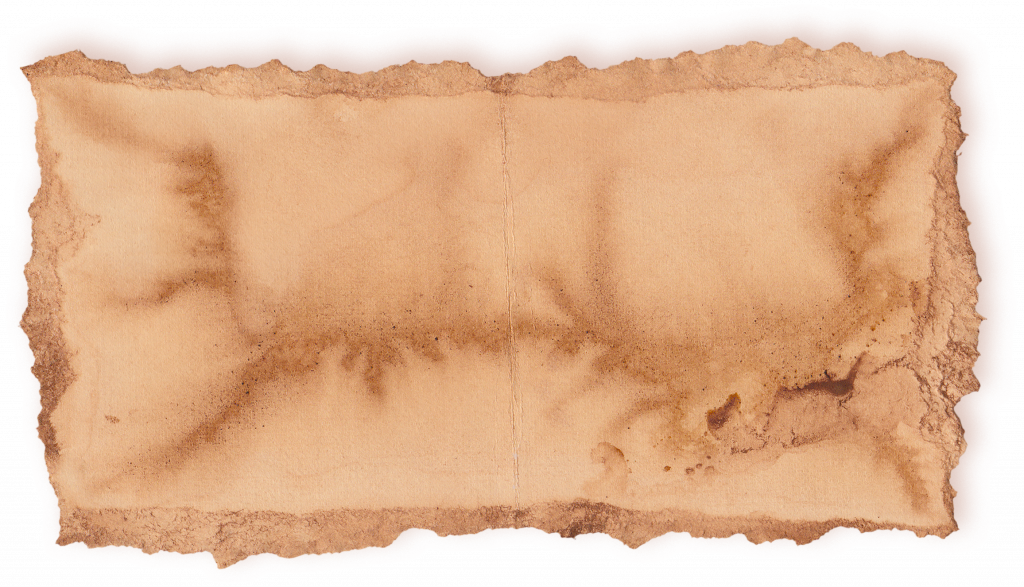
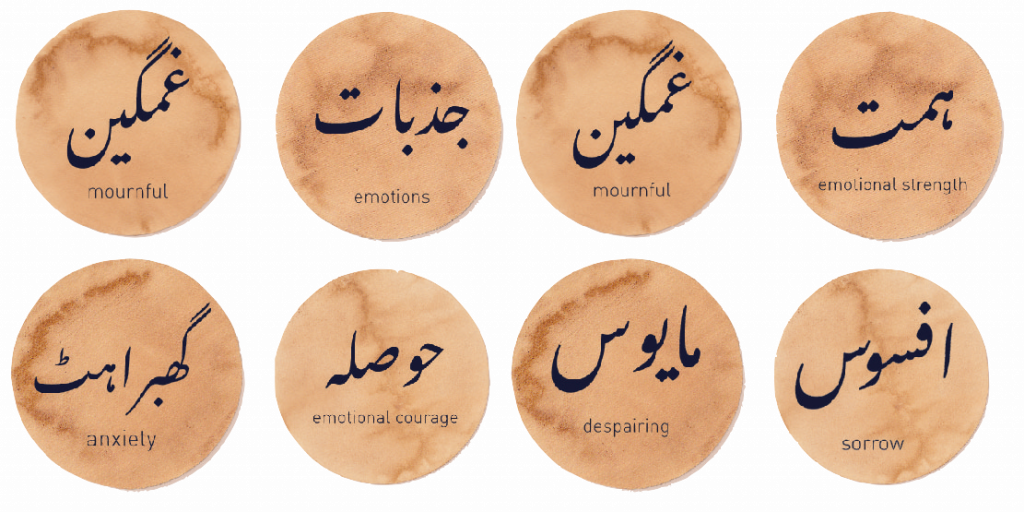
Our natural tendency is to resist painful thoughts or feelings. This means we suffer two pains-the painful heart-wrecking situations themselves and our resistance to it! For example, I felt stressed because of the condition I was in and second of all, I couldn’t describe how I felt to other people again and again. Then I thought, I hate feeling so stressed.
The primary pain is stress about the situation I am in, and the secondary pain is feeling, “I wish I weren’t so stressed. “The solution is acceptance. Let the unpleasant situation be as it is, without trying to change it or push it away.
By fighting the pain, we feel we intensify our suffering. However, if we accept our feelings, we don’t heap an extra layer of pain upon the one we are already feeling. It is normal to feel sad. It’s okay that I feel this way. Acceptance doesn’t mean you like what is happening; it just means you accept that certain things are beyond your control.No matter what the situation. Resisting the situation and feelings only magnify the pain.

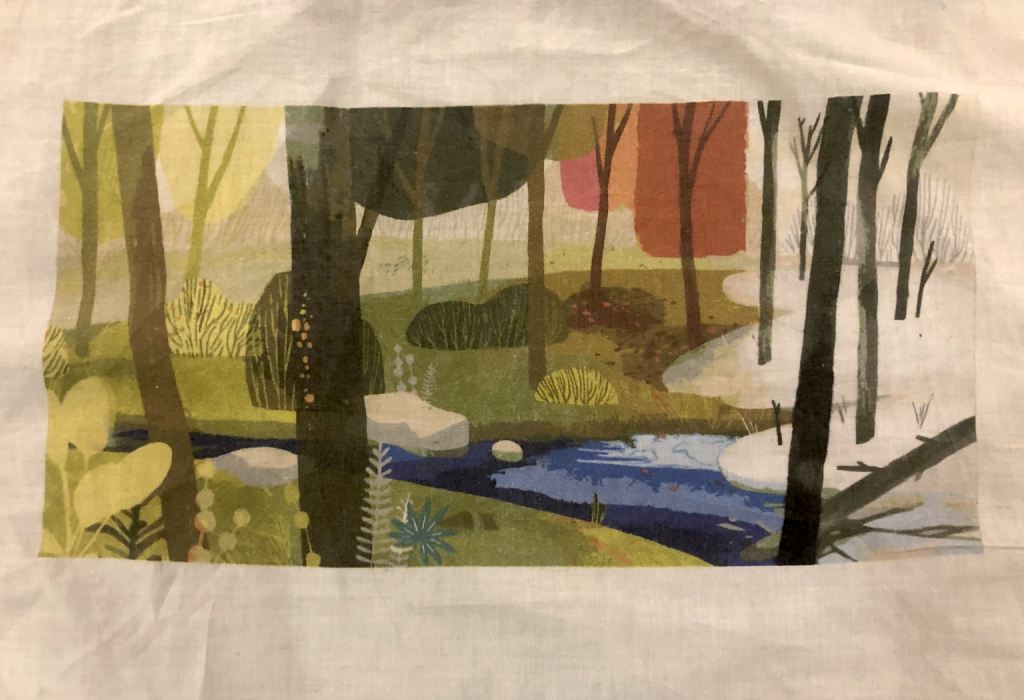

How I wonder where has distance taken you ?
Or which land or soil is carrying you ?
It breaks my heart (when) I look at all
That has been created, but cannot see you,
Nor hear a whisper about your whereabouts..
Miss you
